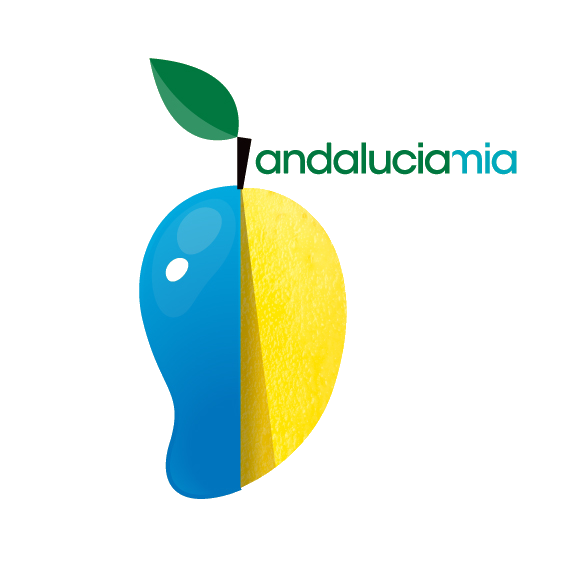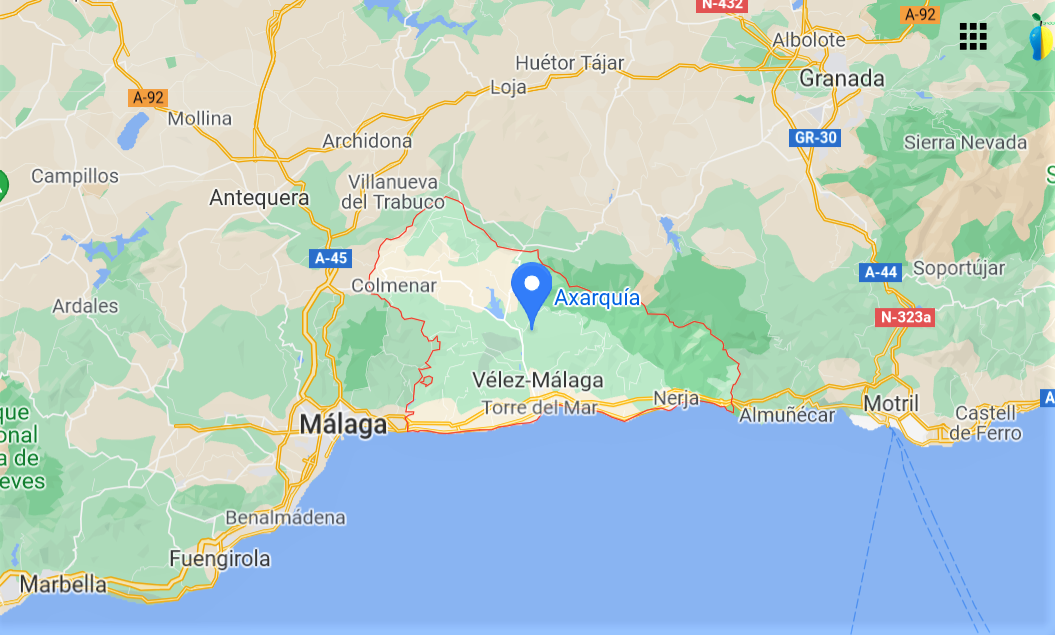Axarquia – east of Malaga – a concentrate of Andalucia
Discover and visit Axarquia through its magnificent villages (Nerja, Frigiliana, Comares…)
In this article you will find the essential information to discover Axarquia:
- A few words about Axarquia
- Axarquia on the map of Andalucia
- The microclimate of Axarquia
- What to see in Axarquia? Discover it through 5 routes
- The route of the white Almohad villages
- The Ruta de la Pasa (the Raisin Route)
- The Avocado and Sun Route
- The Olive Oil and Mountain Route
- The Sun and Wine Route
- What to do in Axarquia?
- Axarquia as a starting point for excursions in Andalucia
A few words about Axarquia
Axarquia is a county in the province of Malaga. To put it in perspective, it is the 45 km of coastline between Málaga and Nerja. It is the eastern part of the Costa del Sol.
Its name comes from the Middle Ages, from the Al-Andalus period: Ash-sharquía (الشرقية) which means “the eastern” (east of Malaga).
The best known municipalities are Nerja, Frigiliana, Torrox, Velez-Malaga and Rincon de la Victoria. However, this region offers many other treasures.
It is a concentrate of Andalucia, right next to Malaga.
It is a region of only 1025km². That is, it is only twice the size of the island of Ibiza or the isle of Man.
Axarquia on the map of Andalucia
The microclimate of Axarquia
Axarquia enjoys a subtropical climate and therefore pleasant temperatures all year round. In fact, the emblematic animal of Axarquia is the chameleon, which can sometimes be seen on the road as well as when hiking. It can be seen on the coast, in olive groves or in the mountains, such as in the Sierra de Almijara, Tejeda and Alhama.
What to see in Axarquia? Discover it through 5 routes
1 – Archez and its famous Alminar
2 – Canillas de Aceituno and the “Casa de la Reina Mora”
3 – Salares a village where time has stopped
4 – Sedella and Casa Torreon
5 – Canillas de Albaida and its church
6 – Arenas and the hamlet of Daimalos
7 – Almachar capital of “ajoblanco”
8 – Totalán and the Violin Tower
9 – Comares nicknamed the “balcony of Axarquia”
10 – Cútar the fountain of paradise
11 – El Borge, the village of bandoleros
12 – Moclinejo and its wines
13 – Rincon de la Victoria 10 minutes from Malaga
14 – Macharaviaya “Little Madrid”
15 – Velez Malaga and its thousand-year-old history
16 – Benamargosa the little Gibraltar
17 – Riogordo and its magnificent landscapes
18 – Colmenar the pantry of Malaga
19 – Alfarnate and Alfarnatejo, the Pyrenees of the Costa del Sol
20 – Periana and its olive oil,
21 – Alcaucín and the ruins of Zalia Castle
22 – La Viñuela and its “pantano”
23 – Algarrobo white Andalusian village to discover
24 – Sayalonga and its “round” cemetery
25 – Cómpeta la Corniche de l’Axarquia
26 – Torrox “Better climate of Europe”
27 – Nerja the pearl of the Costa del Sol
28 – Frigiliana one of the “Pueblos más bonitos de España”
La Axarquia has an incredible heritage in its history, traditions, cultures and white villages.
Each of these routes is an invitation to travel, with a different theme.
Important: if you are on holiday in Nerja, Torrox, Torre del Mar, you will find for each of these routes a link to an excellent local guide. He will be happy to pick you up at your holiday destination to discover each of these routes. You should allow a day for each of these routes.
The route of the white Almohad villages
This is a journey through time through authentic white villages.
It is a dive into the Al-Andalus period and in particular the Almohad period (XIII and XIV century). You will find typical elements with the use of red brick, glazed ceramics and plaster as exterior cladding and ornamentation. The street pattern of these white villages is typical of this period.
All the villages are located at the foot of the Sierra de Tejeda, Almijara and Alhama.
Here are some pictures of the villages you will pass through on this route:
You can click on each village name to see more pictures.
Archez and its famous Alminar
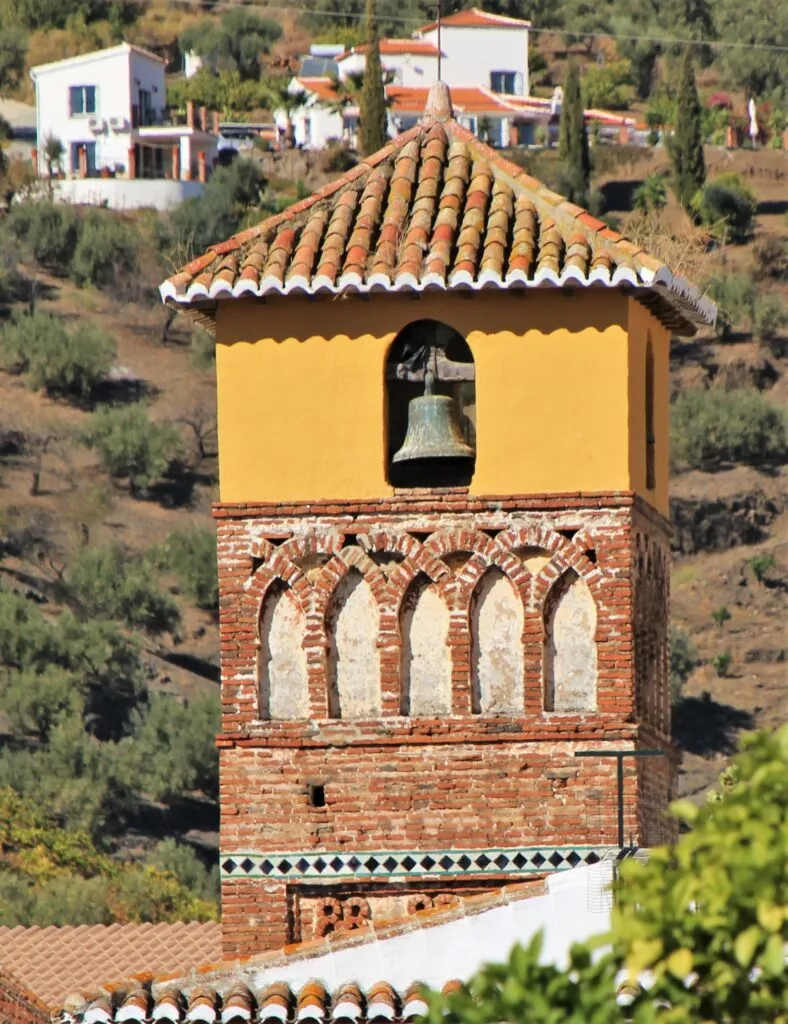
Canillas de Aceituno with the famous “Casa de la Reina Mora
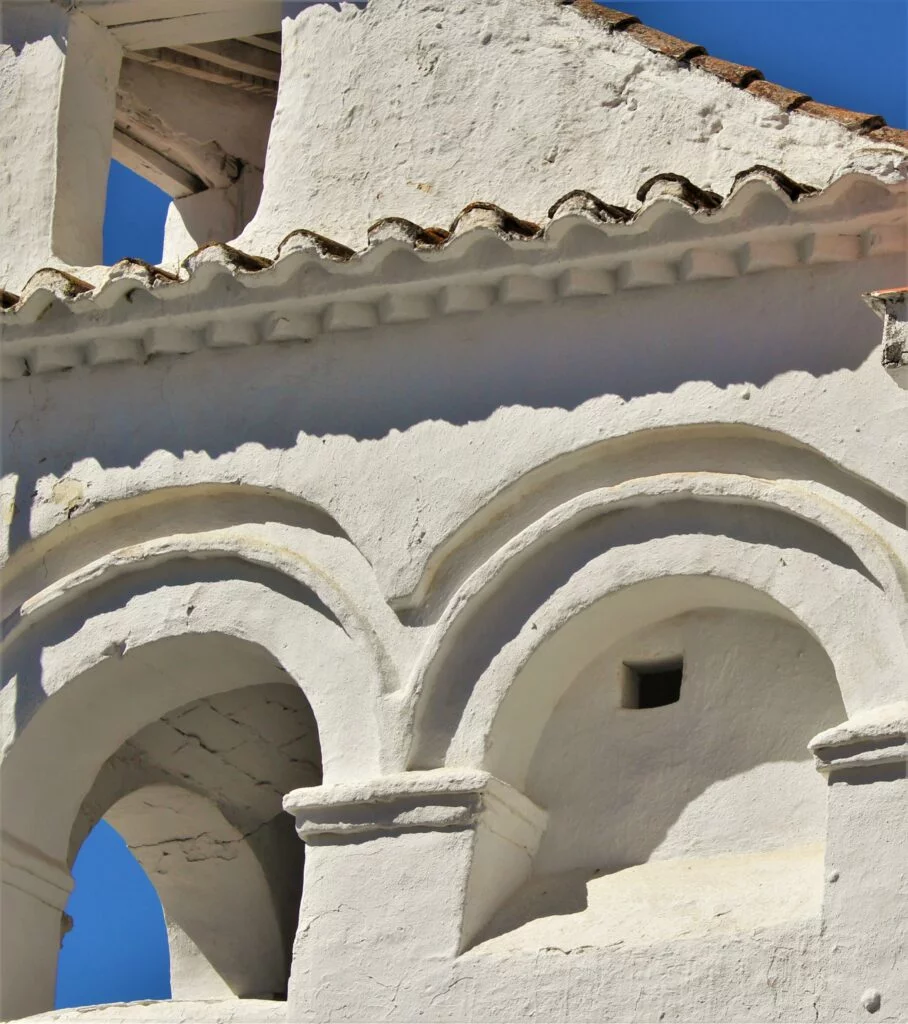
Salares a village where time has stood still
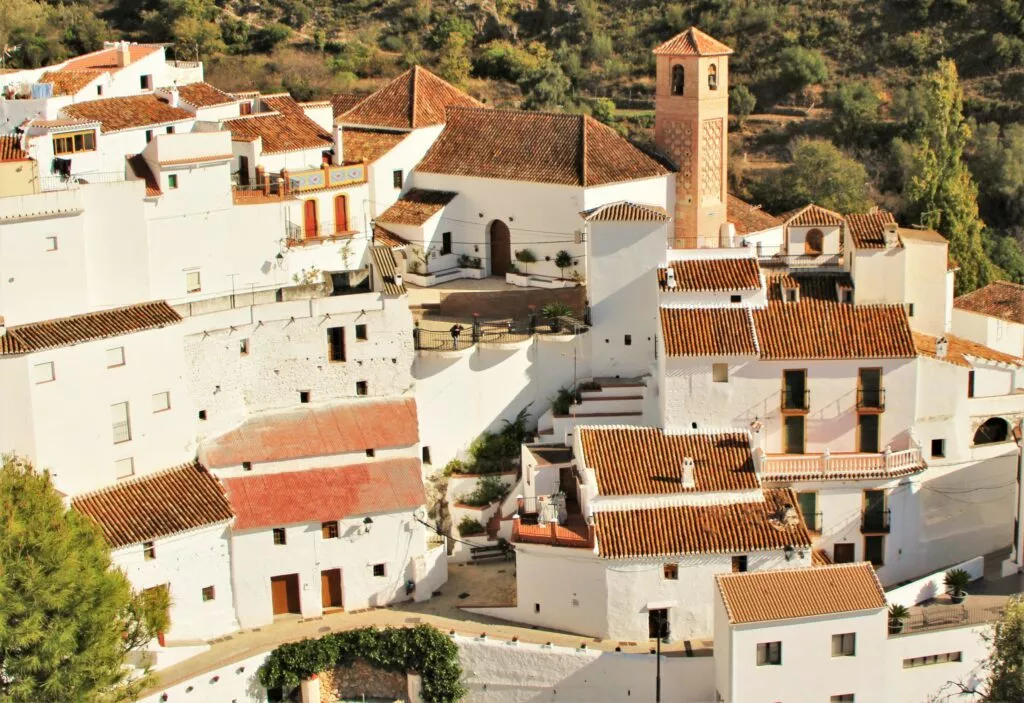
Sedella and the Casa Torreon
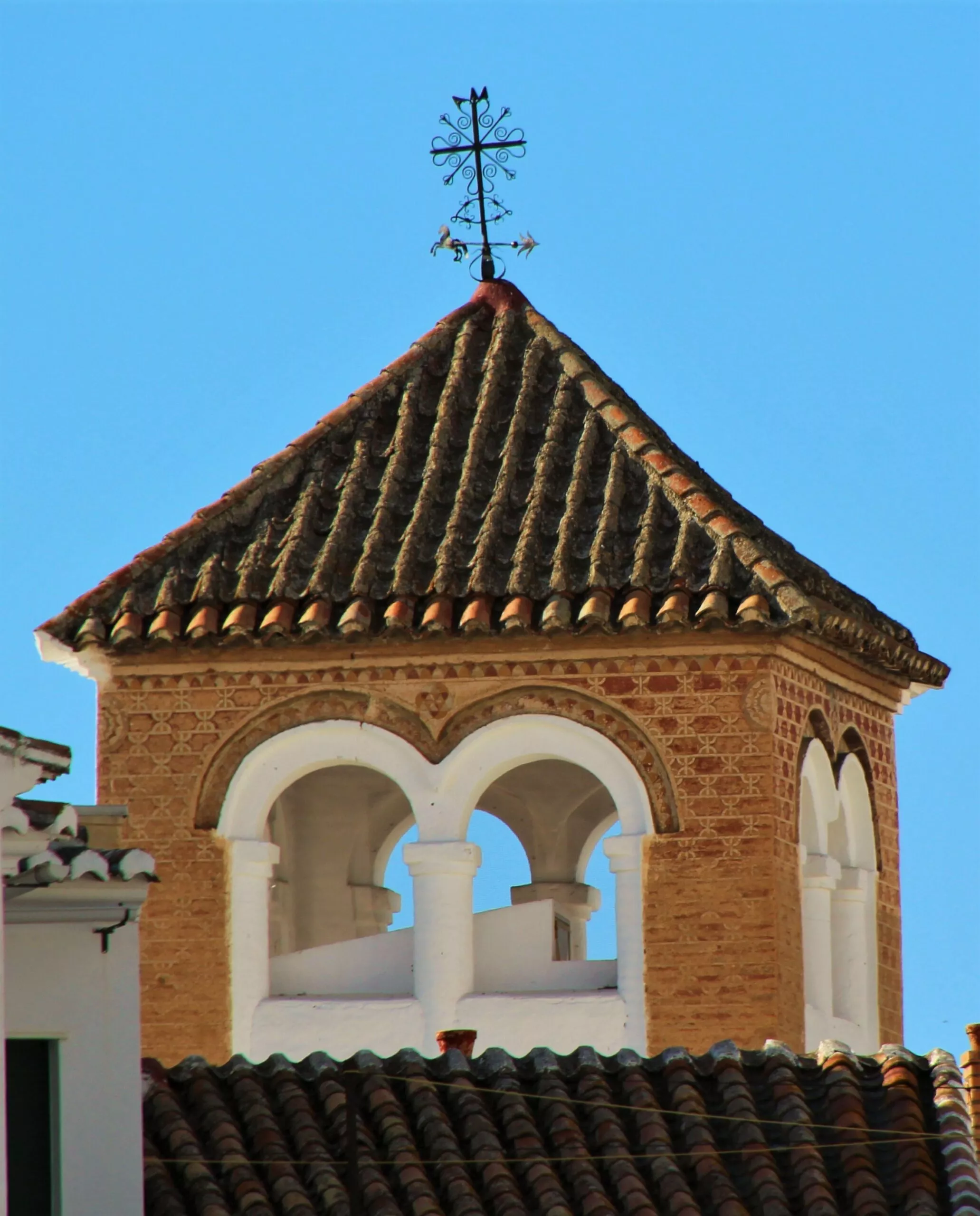
Canillas de Albaida with its magnificent church
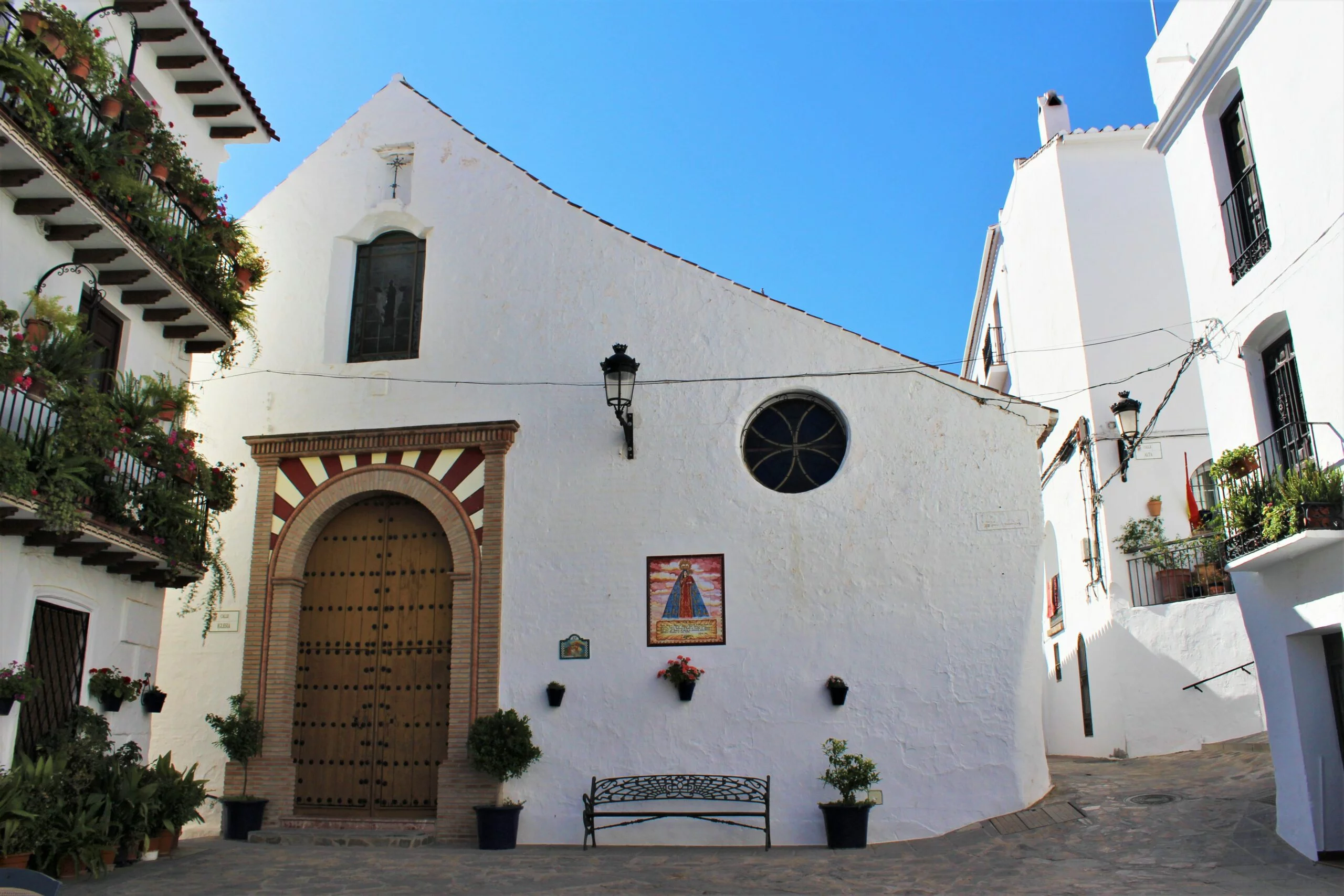
Arenas and the hamlet of Daimalos
In Daimalos (which is in the municipality of Arenas) you can see one of the oldest minarets in Spain. It dates from the Merini period (12th century). It therefore predates the Almohad period.
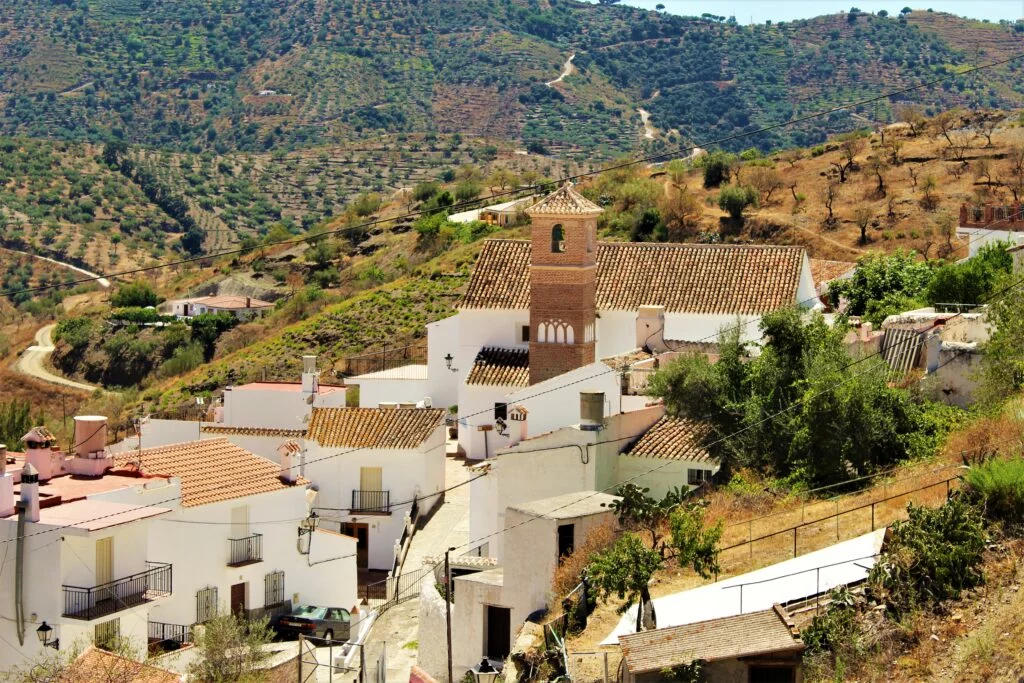
If you wish to discover these villages with a local guide, see the link: The Almohad route and the white villages.
On this route, which is about 40km long, you will notice that there are many references to the term “Mudéjar”.
Mudéjar is a word that also comes from the Arabic language: “mudayya” which identified all the Spanish-Muslims after the reconquest. The Mudéjars could, after having made allegiance to the kingdom of Castile, keep their religion, their language and their legal organisation. They were mainly employed as peasants and craftsmen in the masonry and textile industries. In the villages their neighbourhoods were called morerias or aljamas.
Another term will be used later when conversion to Catholicism becomes compulsory. Mudejars would have the choice of fleeing the country or becoming Moriscos (Mudejars converted to Catholicism).
The Ruta de la Pasa (the Raisin Route)
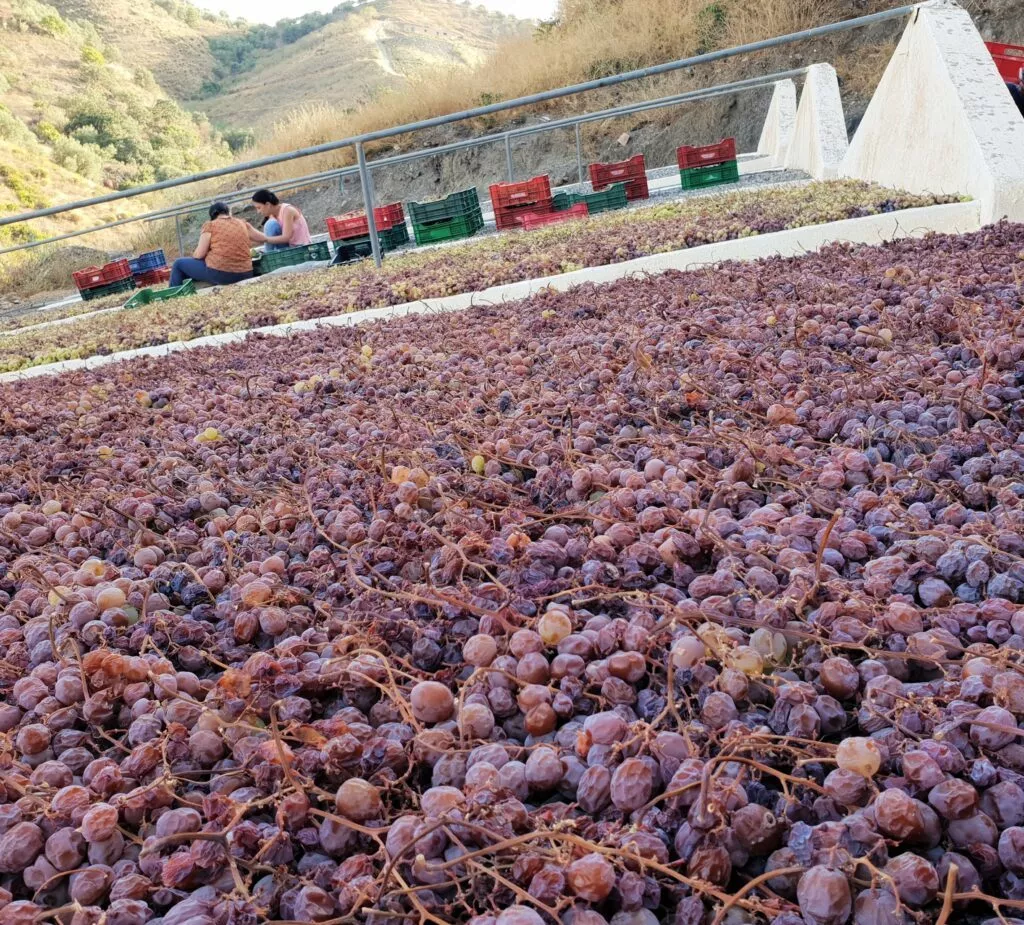
This route is an exceptional way to discover a unique vine culture on the mountainside. It also allows you to discover the production of raisins, which are said to be the best in the world.
On the “ruta de la Pasa”, you will discover this incredible way of making raisins. The process is unique and totally natural! It is one of the most ancestral methods in Europe and has been recognised by the UN in 2018 as a SIPAM (Ingenious System of World Agricultural Heritage).
This route is about 60km long and passes through 6 villages in Axarquia. The best period is from the end of August, at the beginning of the harvest, until October.
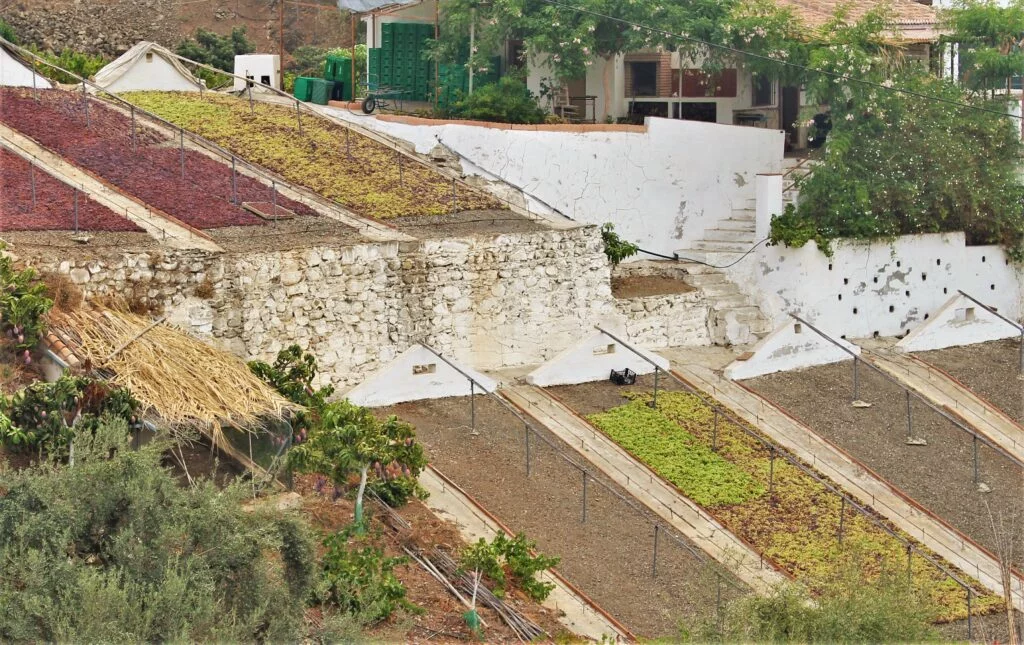
During this period, there are ferias not to be missed in these villages. They often celebrate either wine, the vine or the winemakers.
Here are some photos of the villages you will pass through on this route:
Almachar the capital of the famous “ajoblanco”.
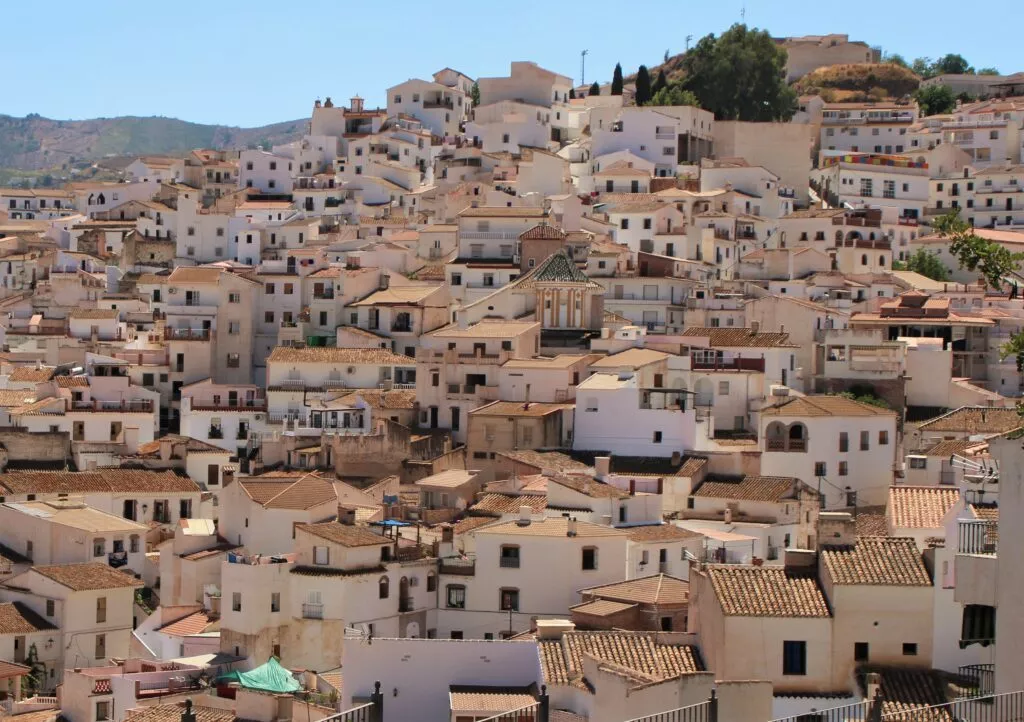
In September, a famous festival takes place in the village: the Fiesta del Ajoblanco. Ajoblanco is a speciality, a cold drink made from almonds and garlic!
Totalan and the Violin Tower
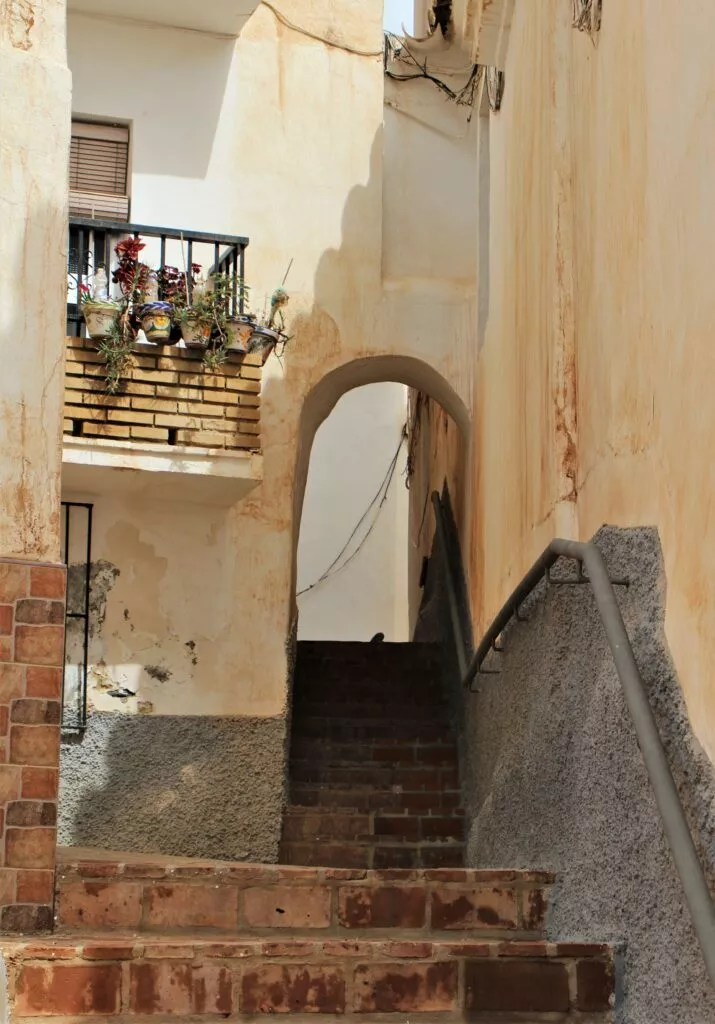
Comares the balcony of Axarquia
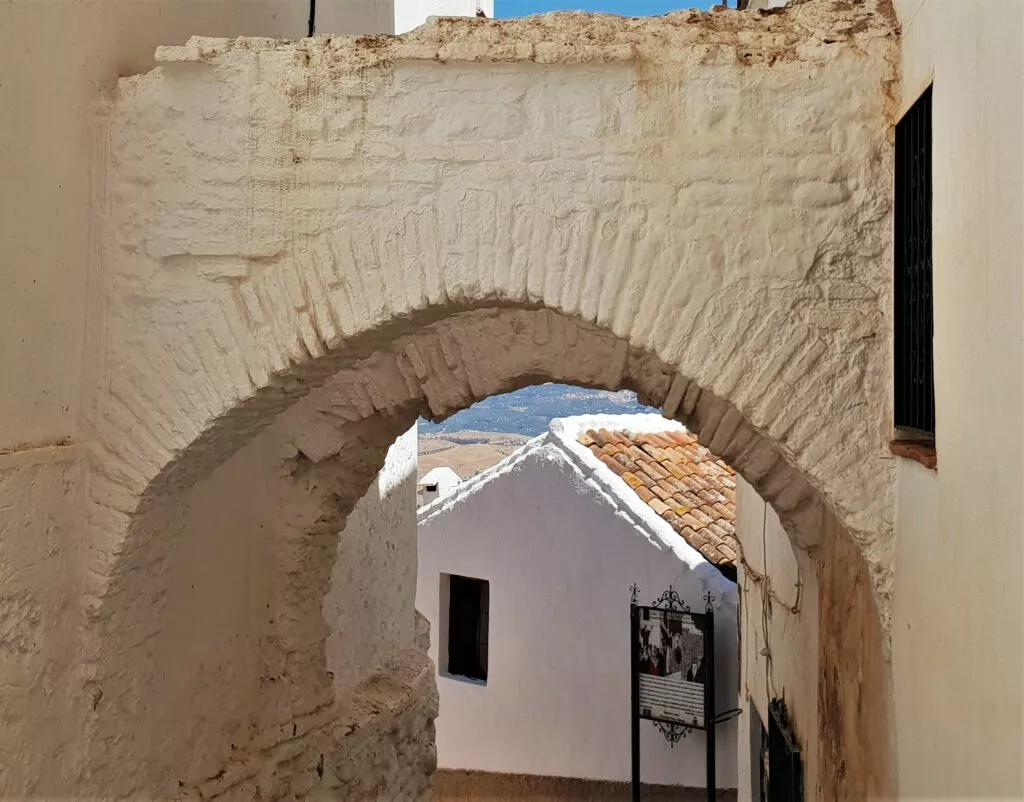
Cutar the fountain of paradise
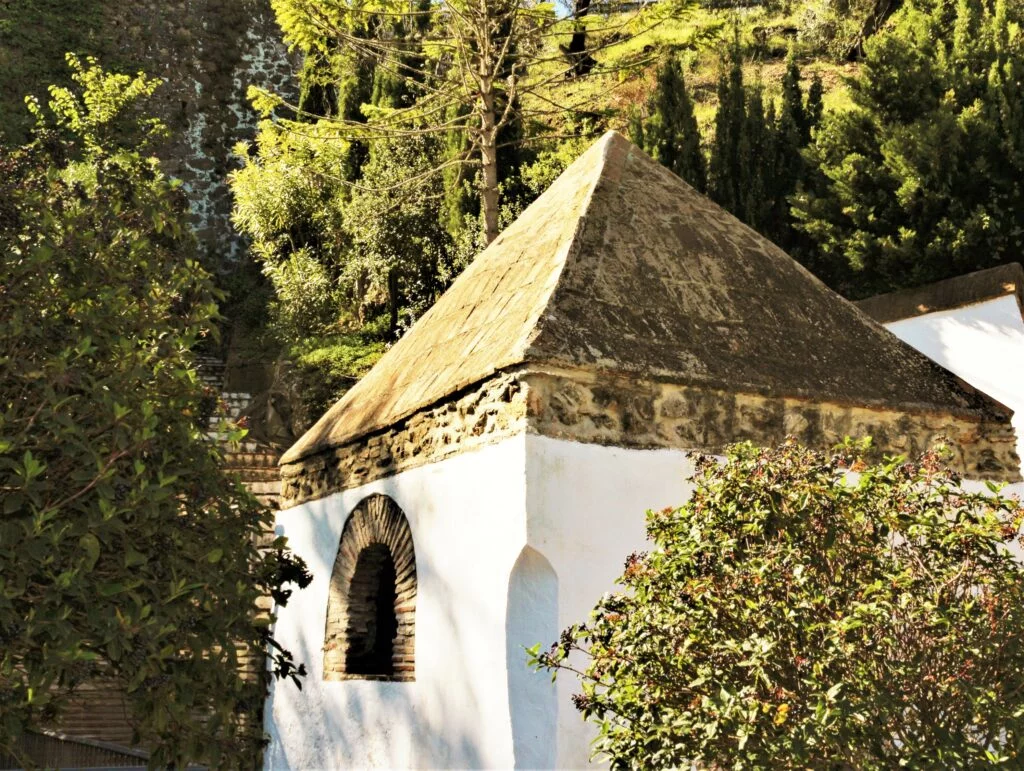
El Borge the village of bandoleros
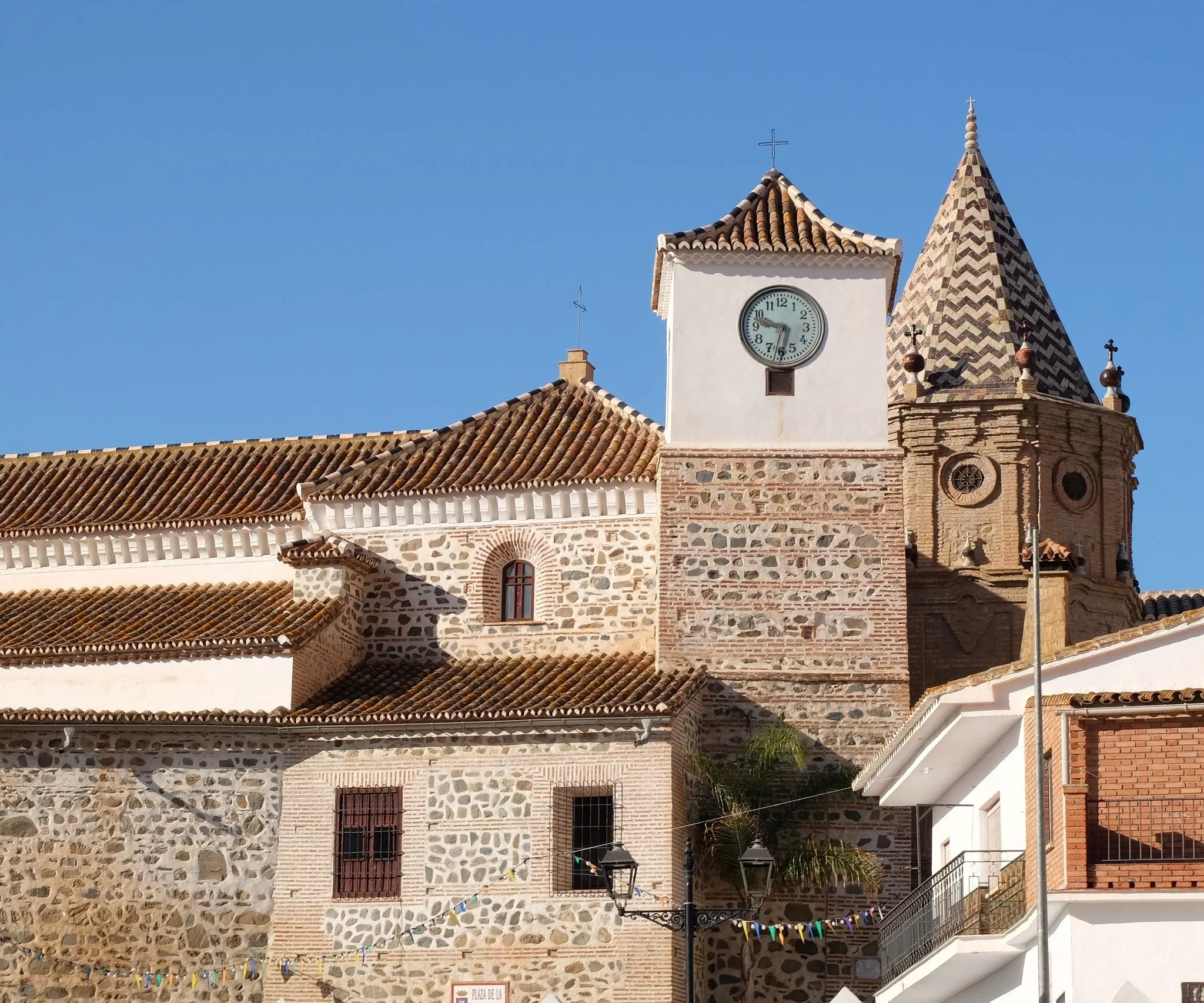
Every year, in September, a typical festival takes place in the village: el dia de la Pasa. Not to be missed!
Moclinejo and its wines
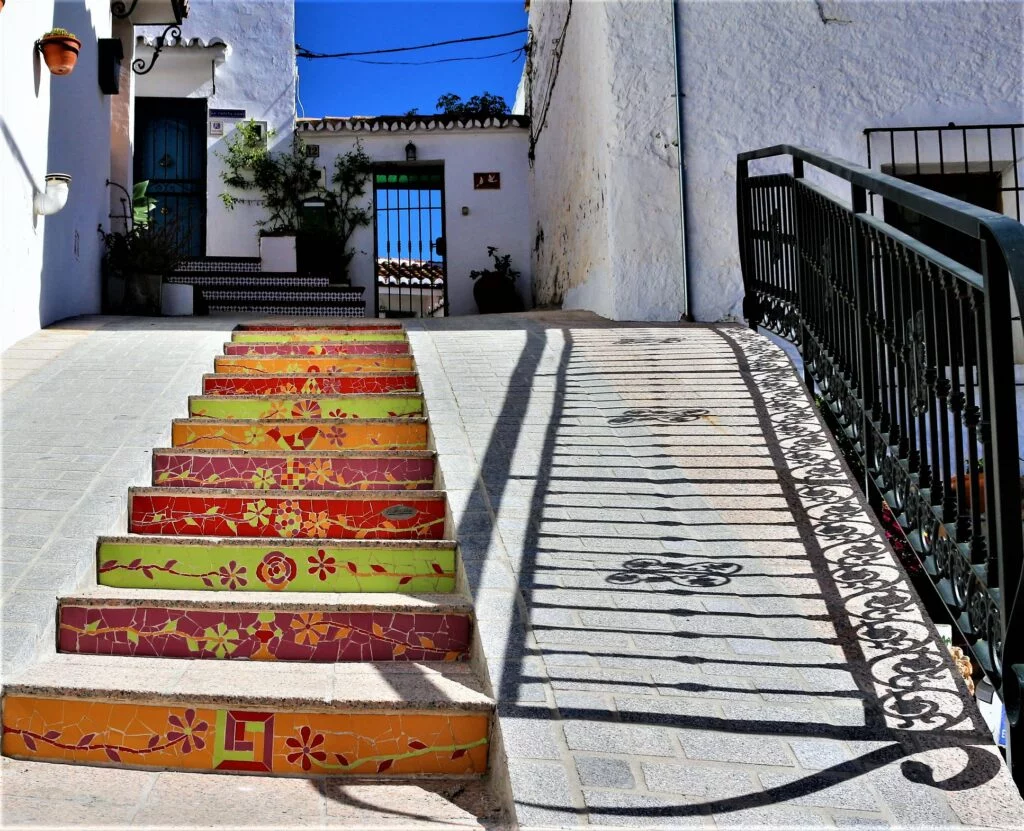
Moclinejo celebrates the winegrowers every year in September during La feria de los Vinedos.
This route is an opportunity to taste (in moderation) moscatel wines, mistela (very sweet wines made from sultanas!). Do not forget to taste and bring back a packet of these famous raisins.
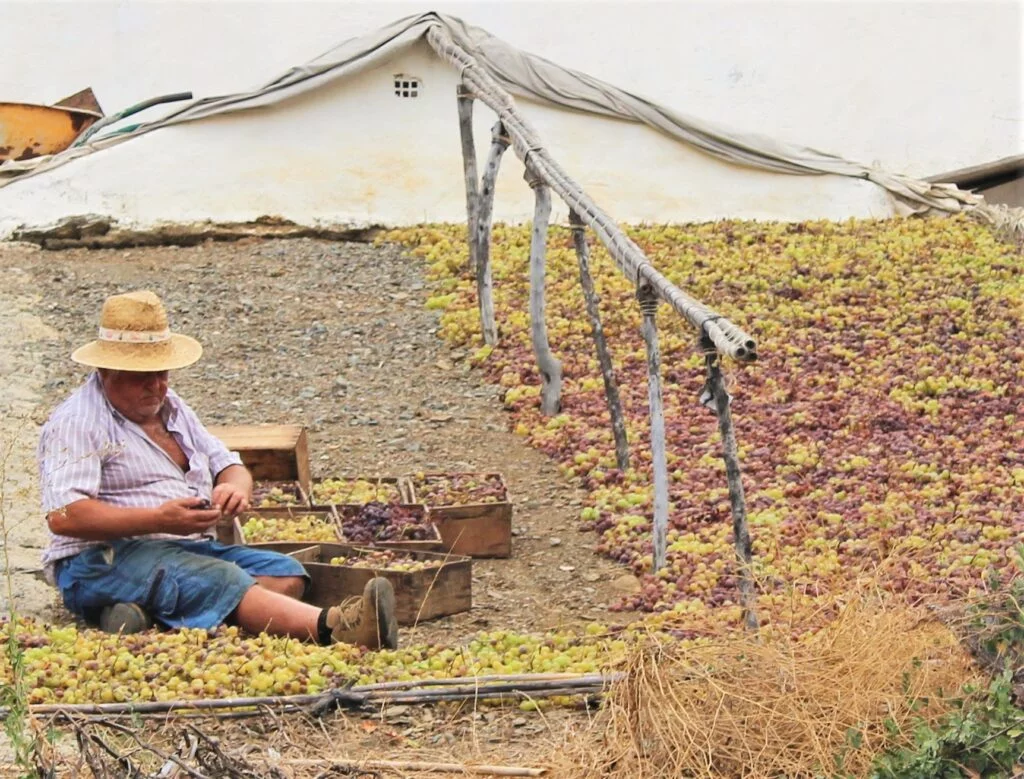
If you wish to discover these villages with a local guide, see the link: La Ruta de la Pasa (Raisin route).
The avocado and sun route
This route is mainly located in the valley of the river Velez. It allows you to discover the richness and agricultural diversity of Axarquia.
The road is about 75 kilometres long and passes through 6 municipalities.
The road starts in Rincon de la Victoria (just outside Malaga) and takes you into the valley and the surrounding mountains to discover these crops.
Why is it called the avocado and sun route?
The sun is very present on the Costa del Sol. On average, there are 300 days of sunshine per year. In addition, there is a subtropical microclimate in Axarquia. This climate allows the cultivation of tropical fruits such as the avocado.
However, it should be noted that the cultivation of tropical fruits on this route has greatly diversified. Today, we can walk along fields of avocados as well as mangoes, litchi, chirimoya (annona). You can find at least 30 tropical fruits in the plain of Velez Malaga.
VHere are some photos of the sites you will pass through on this route:
Rincon de la Victoria 10 minutes from Malaga
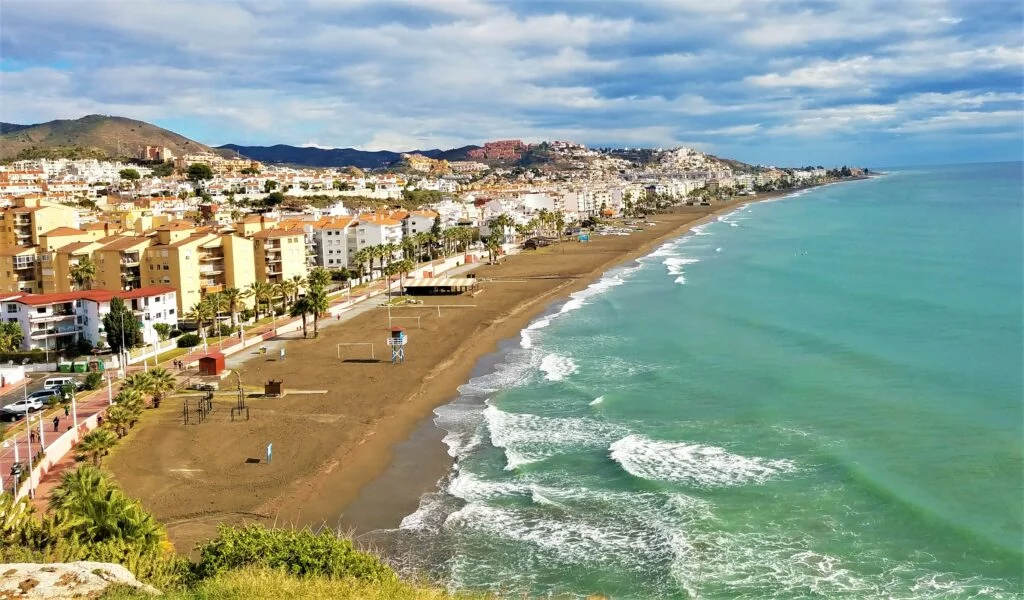
Macharaviaya the little Madrid
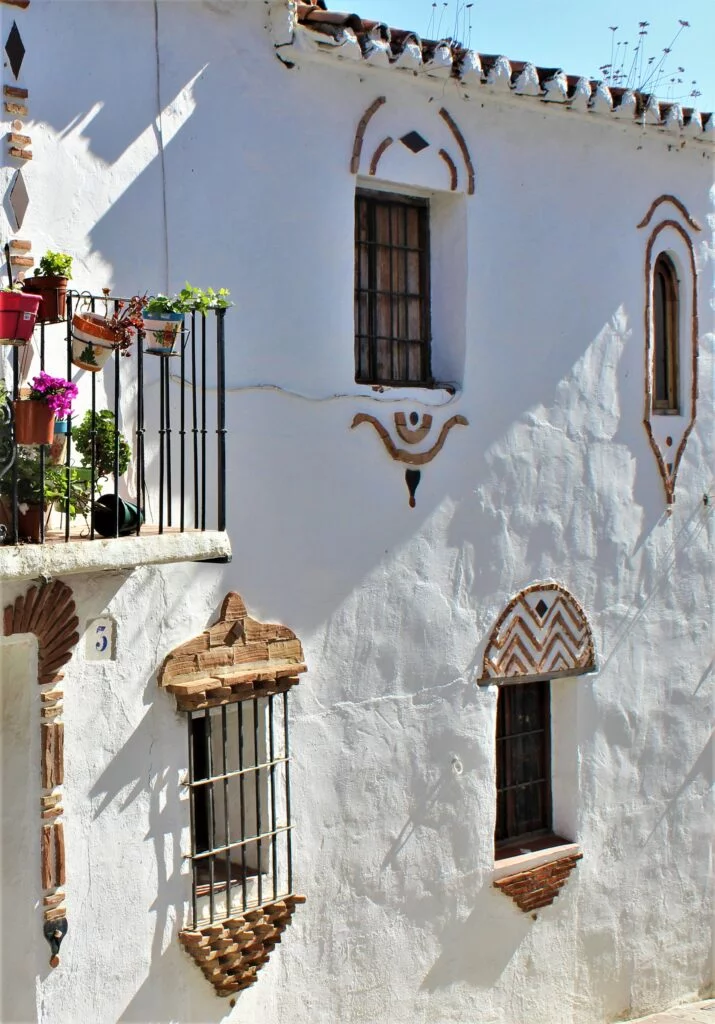
Velez Malaga and its thousand-year-old history
It is the capital of Axarquia and is now considered the European capital of tropical fruit.
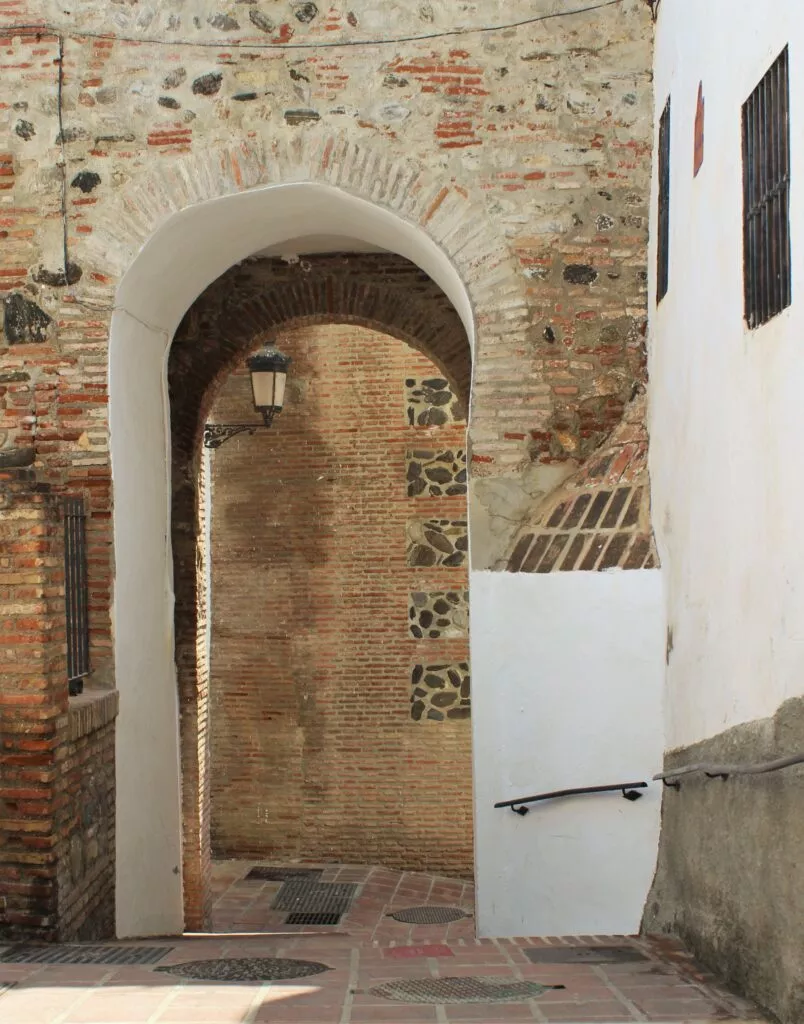
Between Benamargosa and Velez-Malaga, if you have some time, you should visit the area around the village of Triana.
Benamargosa the little Gibraltar
It is undoubtedly around this village that you will find the greatest diversity of tropical fruits.
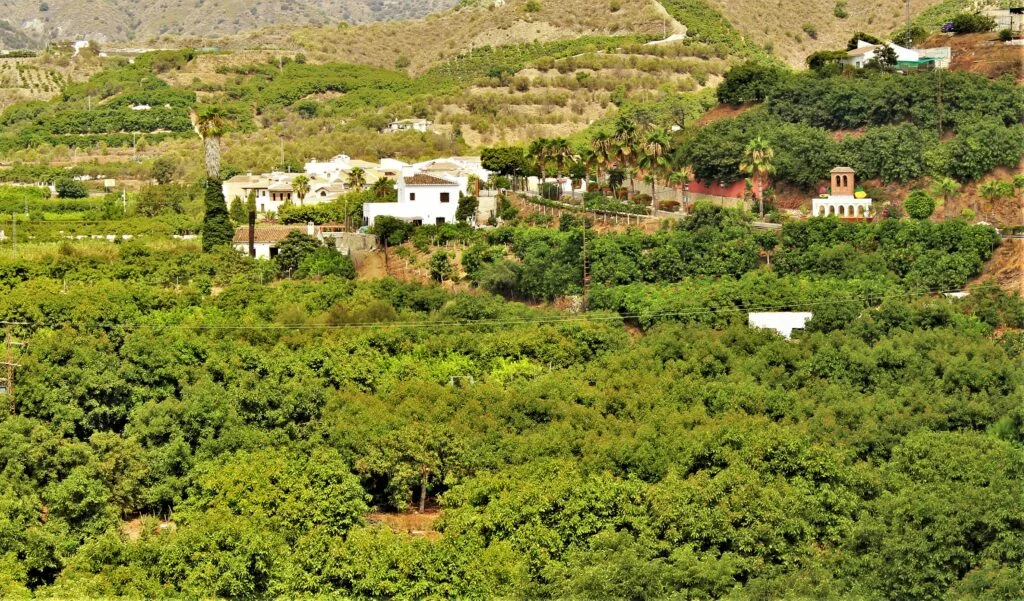
This route also passes through the small white villages of Iznate and Benamocarra.
If you wish to discover tropical fruits and their cultivation with a local guide, see the link: la ruta de los tropicales.
The Olive Oil and Mountains Route – Ruta del Aceite y de los Montes
This 50km long route goes through several mountain villages in Axarquia and presents the main villages producing this liquid gold: olive oil.
This is one of the most beautiful rural tourism routes. The best period is from December to March during the olive harvest. The main variety of olives that is grown is the Verdial de Velez.
Riogordo and its beautiful landscapes
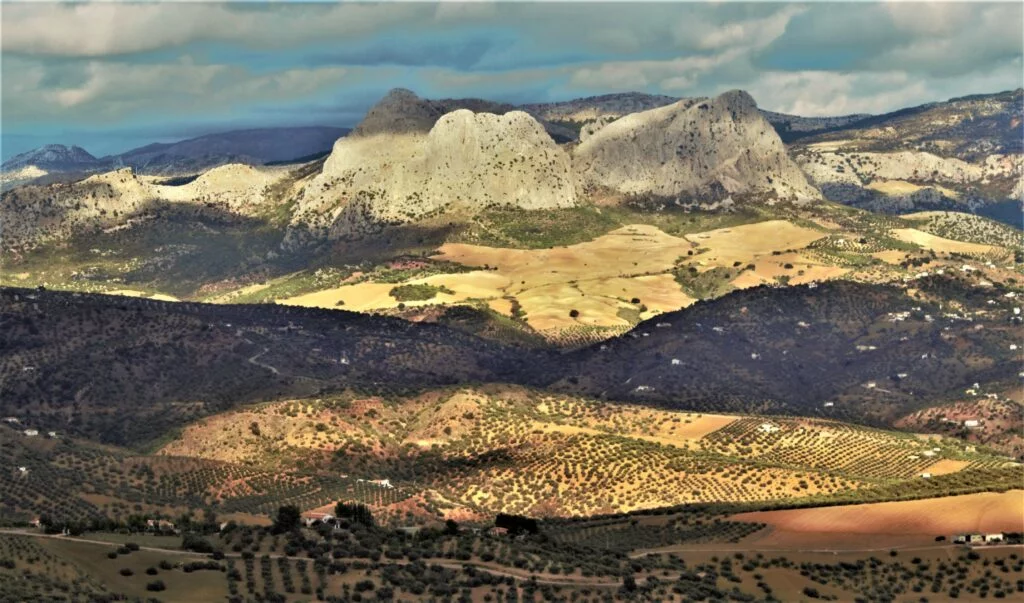
Do not miss the Molienda de Riogordo in February (oil production in an old mill).
Colmenar known as the pantry of Malaga
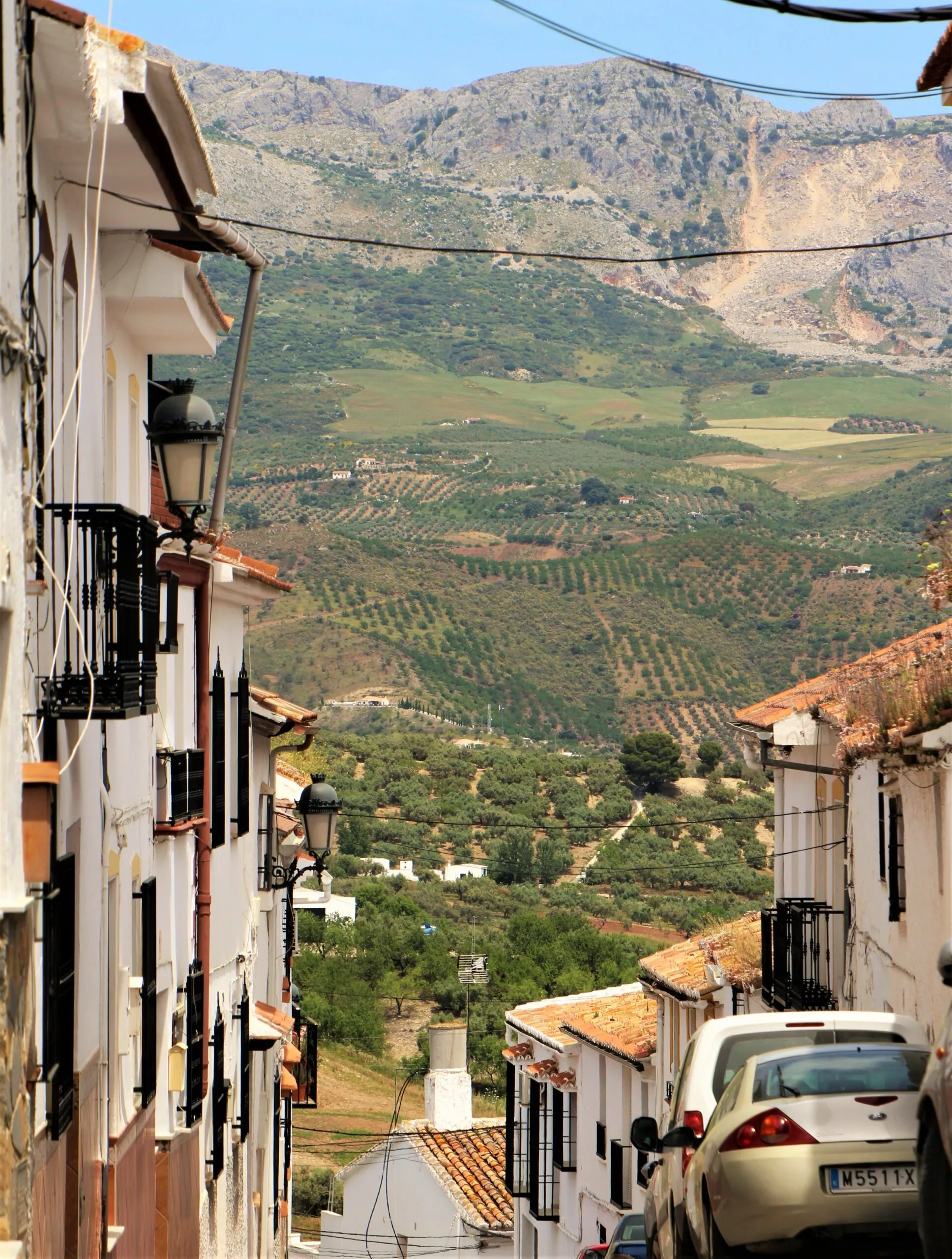
Alfarnate at 900 metres above sea level
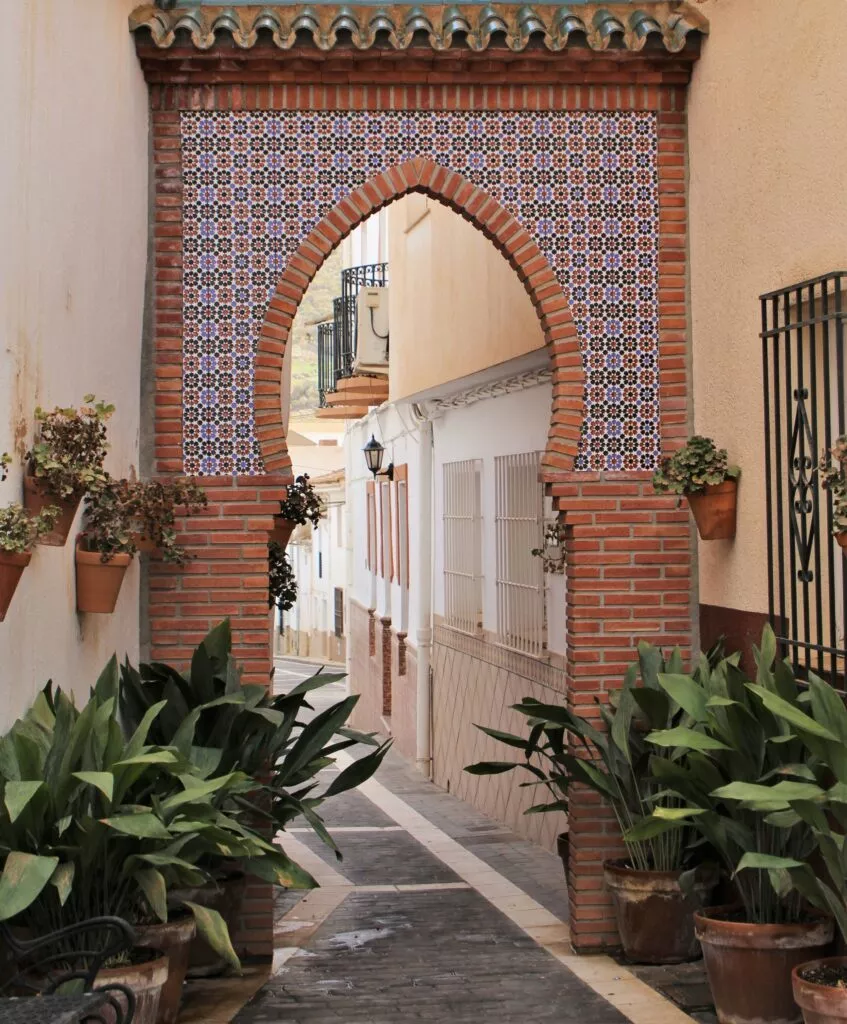
Alfarnatejo and its beautiful landscapes
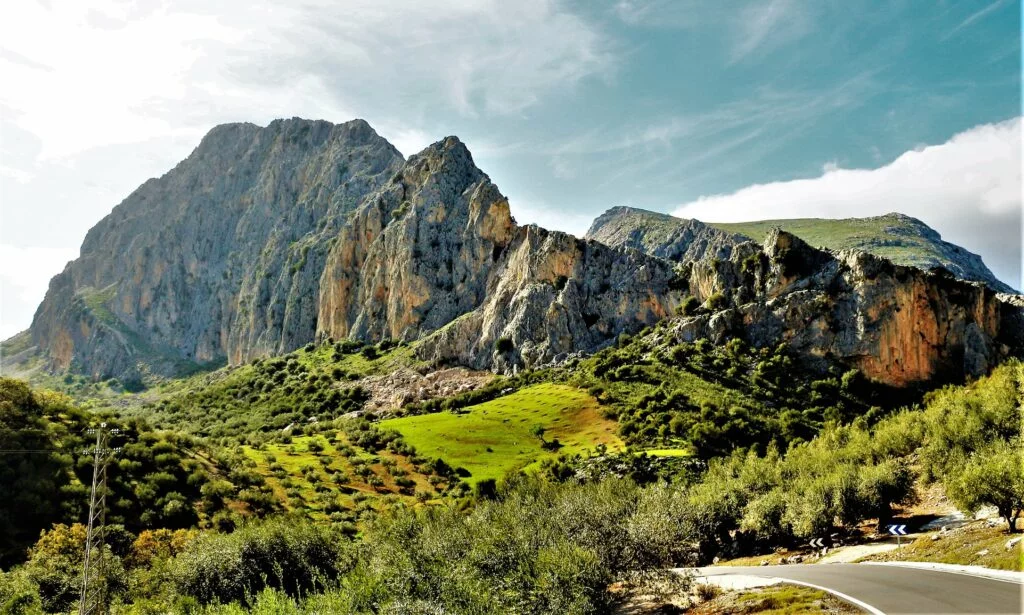
This village, like its neighbour Alfarnate, is known as the Pyrenees of the Costa del Sol.
Periana with its olive oil
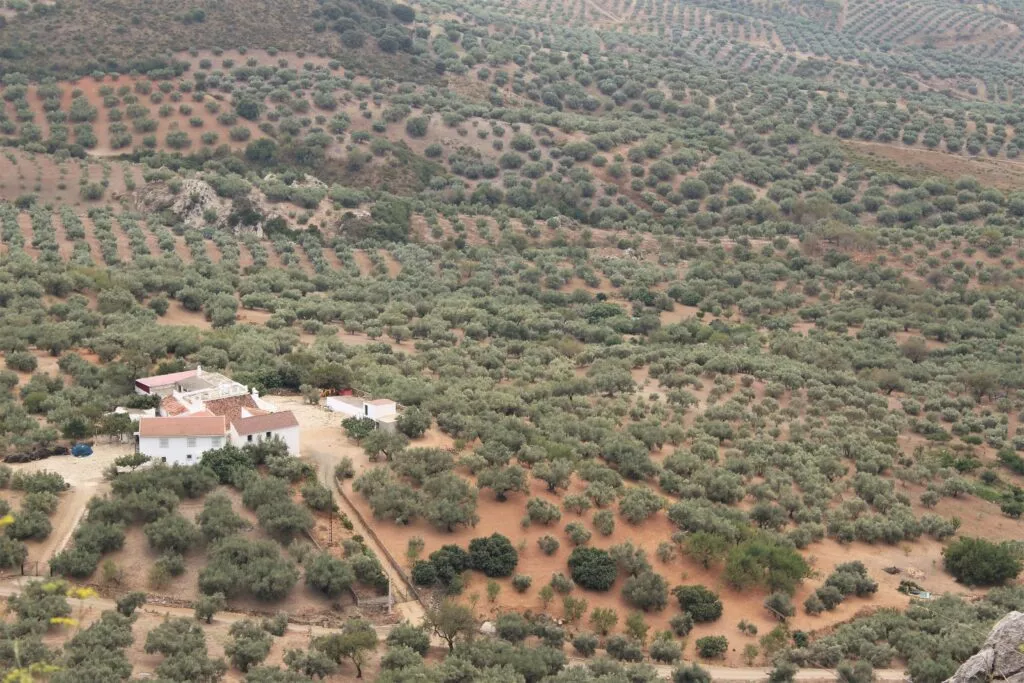
Do not miss the feria del aceite (oil festival) in April.
Alcaucín and the ruins of the castle of Zalia
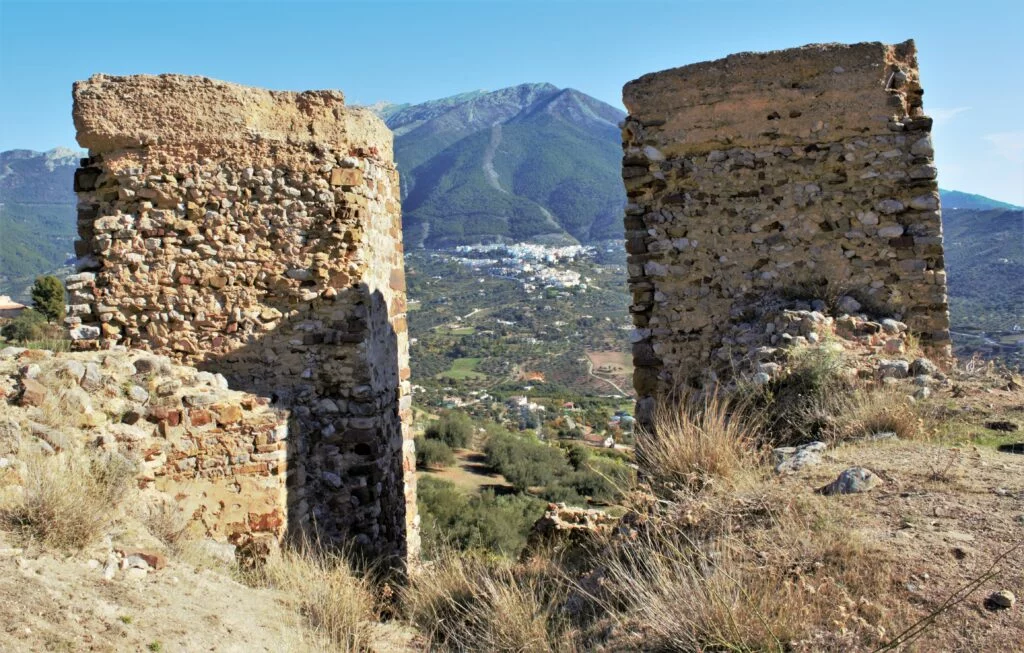
In this village you will discover fabulous landscapes and the ruins of one of the oldest castles in the world.
La Viñuela and its “pantano“
It is the only village on the plain with a lake that is the water reserve of the region. From La Vinuela you can enjoy many beautiful views of the Maroma (Pico de Tejeda). This 2068 metre high mountain is the highest in the whole province of Malaga.
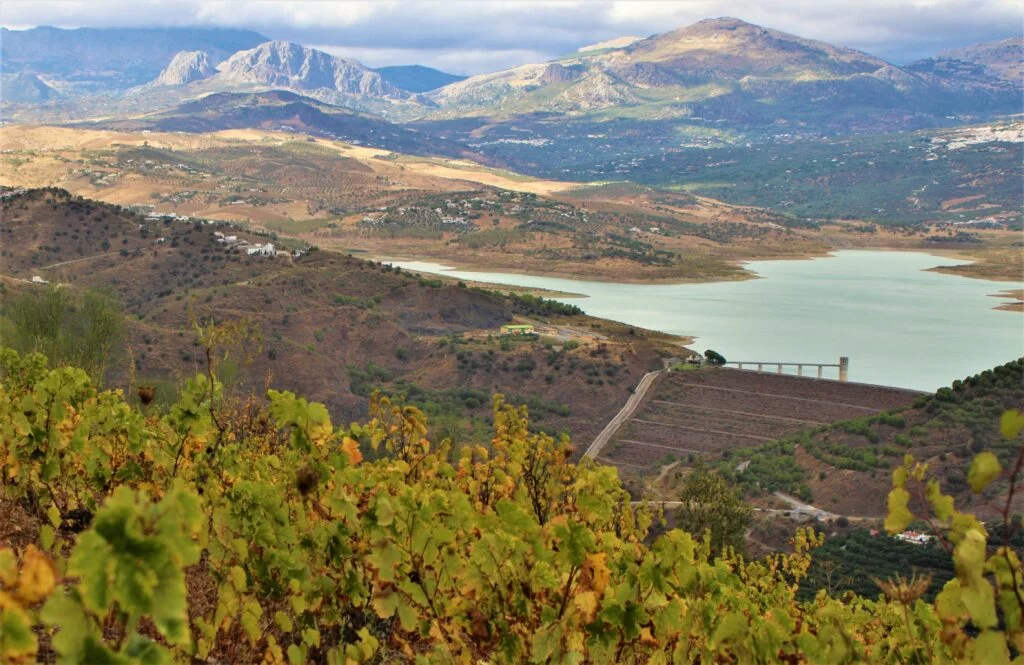
If you wish to discover the cultivation of olives and the production of olive oil with a local guide, see the link: the route of olive oil and mountains.
The Sun and Wine Route
This route between the sea and the mountains passes through 6 villages. You will discover some of the most beautiful beaches of the Costa del Sol and some of the most beautiful white villages.
Here are some pictures of the villages we pass through:
Algarrobo a white village to discover
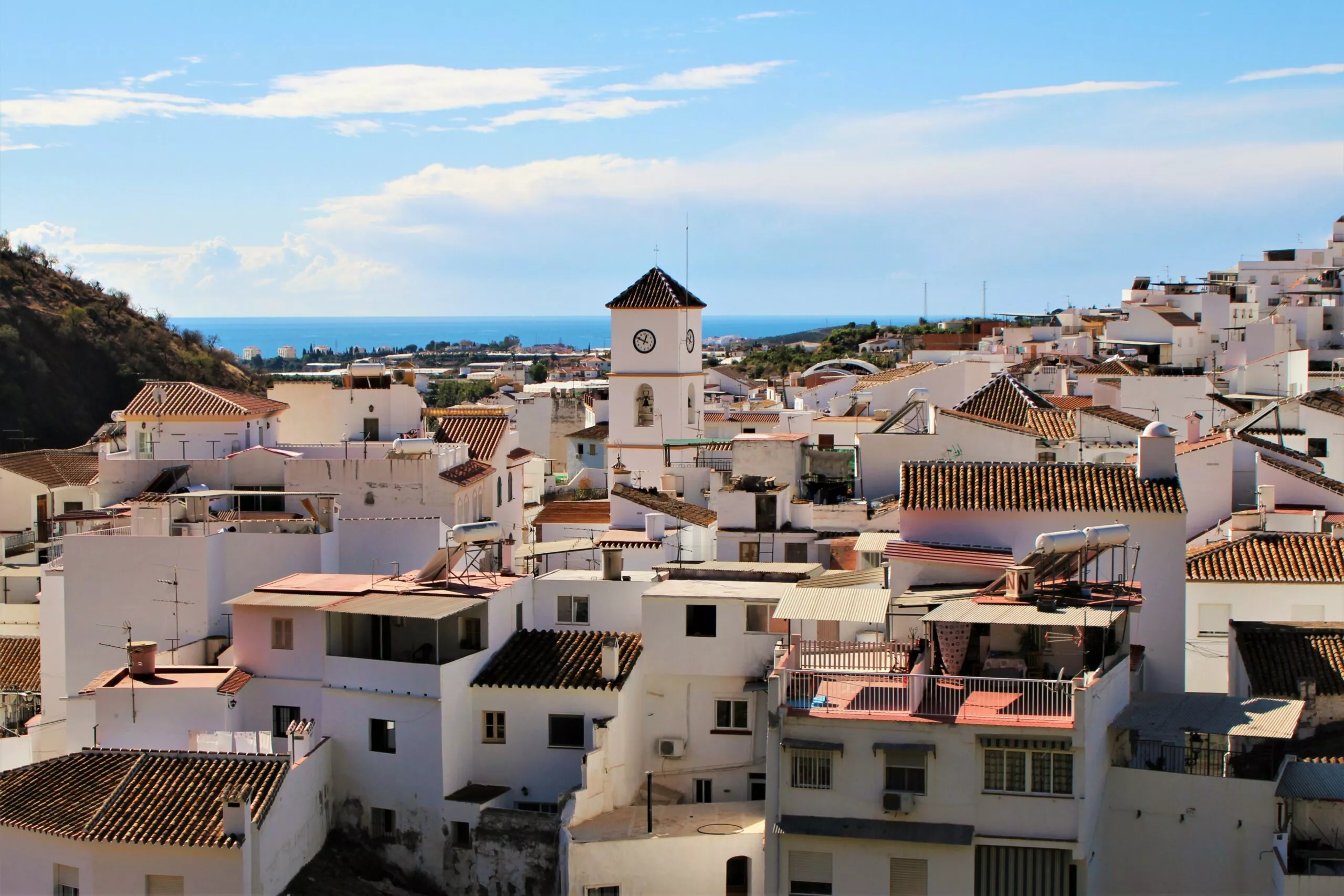
Sayalonga and its round cemetery in Spain

Competa one of the most beautiful white villages
This village, known as the cornice of Axarquia, produces one of the best wines in Axarquia. You must try the Jarel, a sweet white wine to be drunk chilled, made from the Muscatel grape.
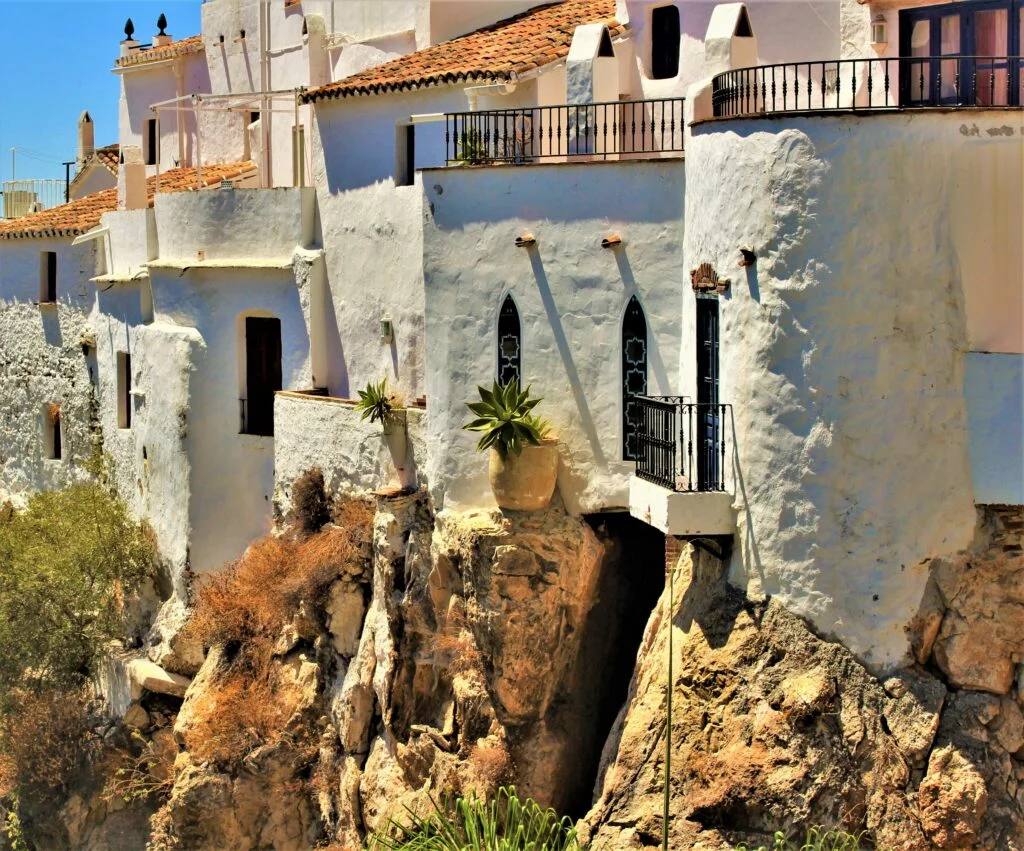
If you are visiting this village in August, you should not miss the “Noche del Vino” (The Wine Night festival).
Torrox, nicknamed Mejor clima de Europa
This village has the reputation of having the best climate in Europe. The walk through the authentic streets of the pueblo is a treat for wine lovers!
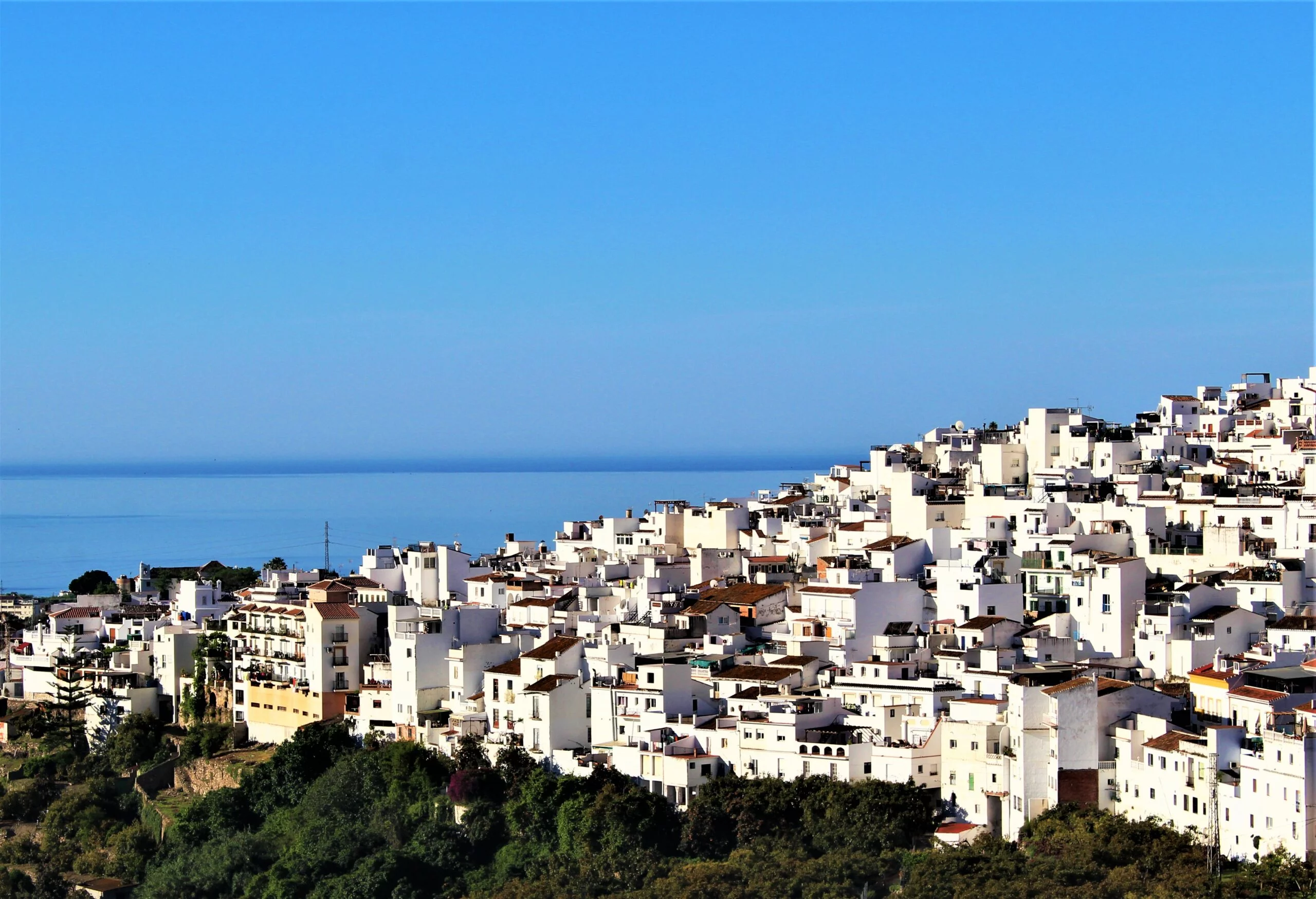
Nerja the pearl of the Costa del Sol
Nerja offers some of the most beautiful beaches on the Costa del Sol and in Andalucia
This is Calahonda beach in the centre of Nerja:
Frigiliana one of the “Pueblos más bonitos de España”
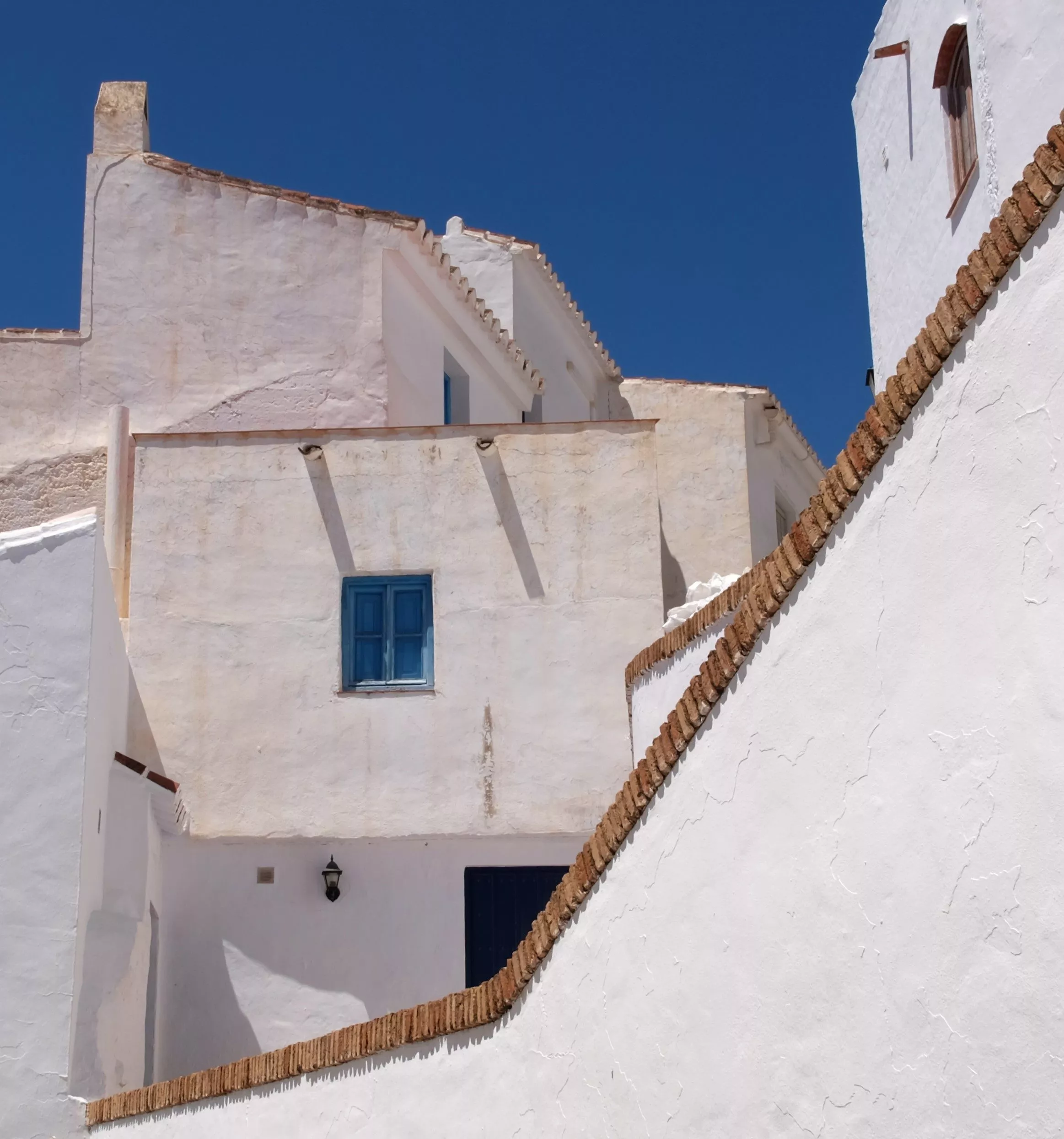
If you are visiting in August, don’t miss the Festival of the 3 Cultures in Frigiliana. In this village you can also discover the only place in continental Europe where sugar cane honey is still made!
If you wish to discover the traditions around the Moscatel wine and also to do a tasting, see the link: the Sun and Wine Route.
Activities in Axarquia, around Nerja and Torre del Mar
Axarquia is well known for hiking. However, it is possible to find many beautiful activities:
- horse riding, on the beach or in the mountains
- diving in Nerja and Torrox
- guided tours (villages of Axarquia, Cordoba, Alhambra,…)
- via ferrata (Caminito del Rey,…)
- hiking (rio Chillar, El Saltillo with the hanging bridge,…)
- canyoning (in the rio Verde,…)
- astrotourism
- snorkeling
- visit the cave of Nerja
In the following link you will find all the best activities to do during your holidays
Axarquia as a starting point for excursions in Andalucia
Book accommodation in Axarquía, to the east of Málaga. You can also indicate directly a village in this magnificent little region.
Easy and economical bookings
It is an ideal holiday destination, as it also makes it easy to visit the rest of Andalucia.
Seville
Seville, the capital of Andalucia, is a city full of treasures to discover and monuments to visit.
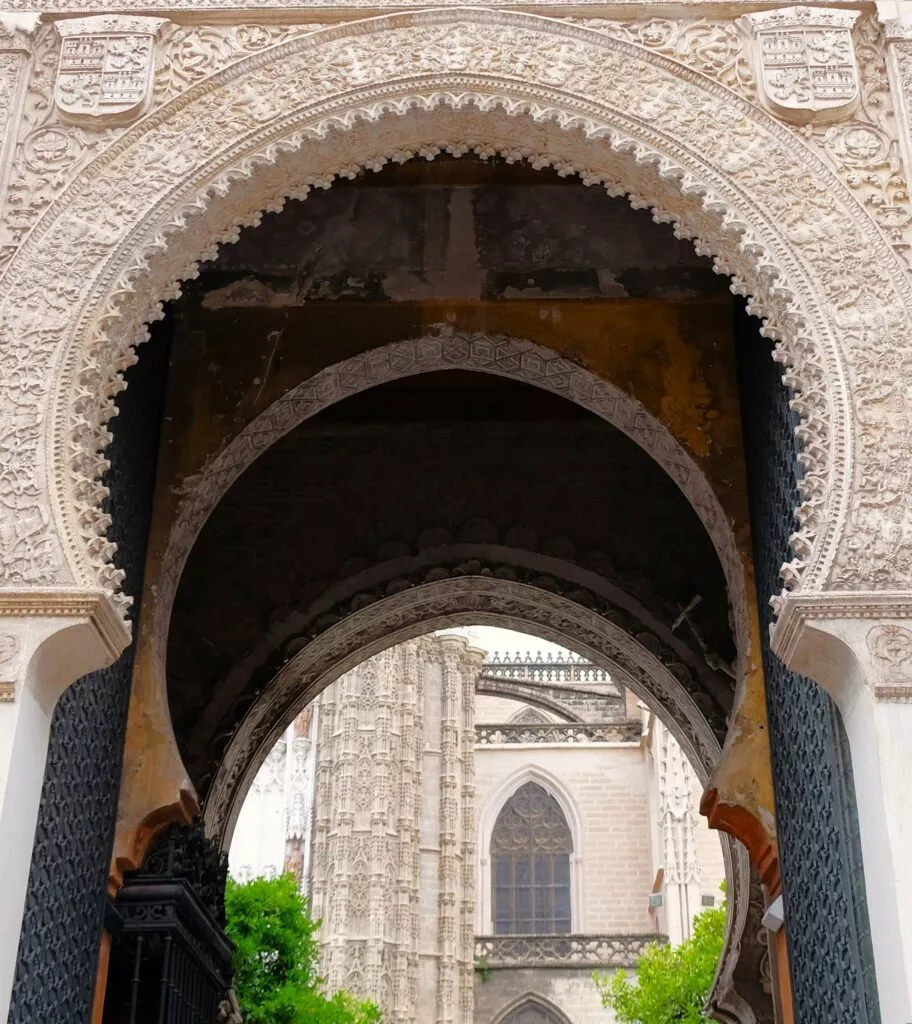
Here you will find everything you can see in Seville in 3 days. And for those who will stay longer you will also find information on secret Seville and the Santa Cruz and Triana districts.
Cadiz
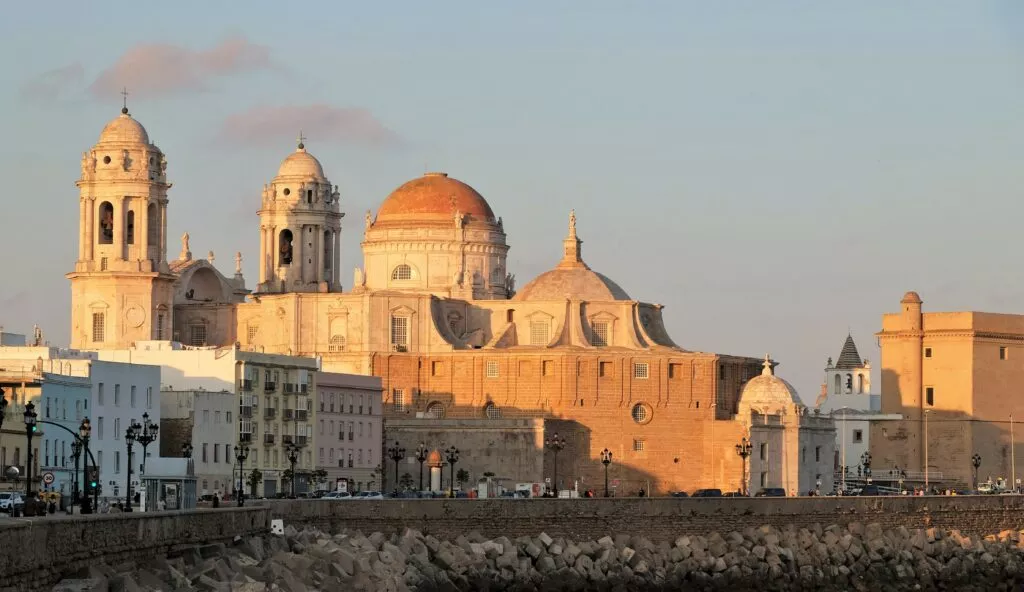
Visit Cadiz, a city with an incredible past and great beauty, on the Costa del la Luz.
Malaga
When you reach the Costa del Sol you will find in this link all must-sees in Malaga :

Granada
Discover what to see in Granada, and visit the Albaicin and Sacromonte districts:
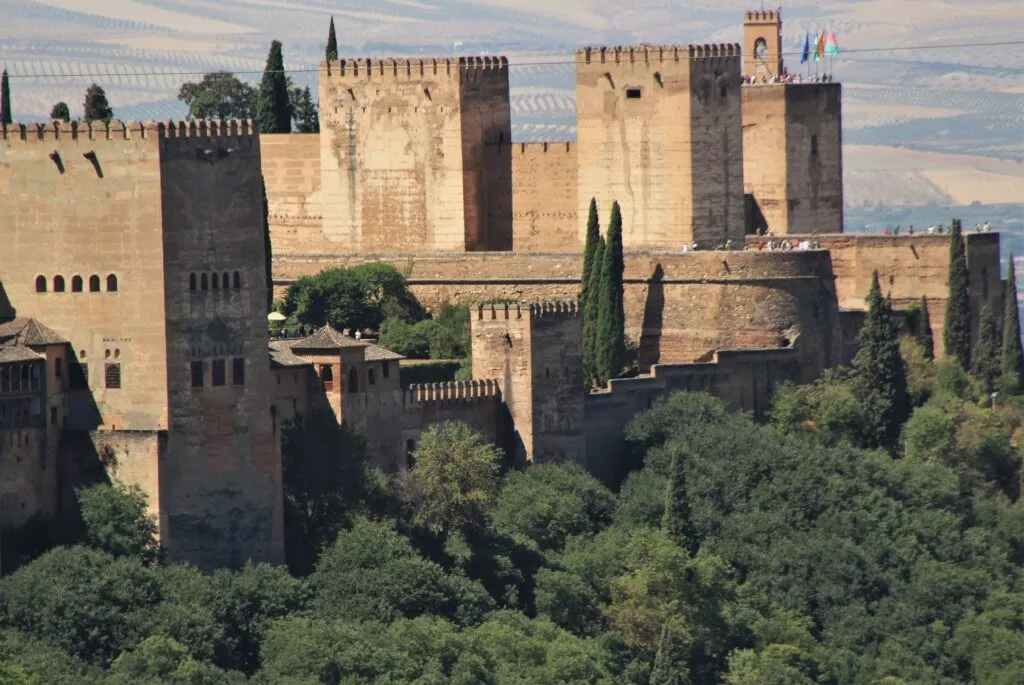
Cordoba
And of course, visit Cordoba, the caliphate city, and the Juderia district
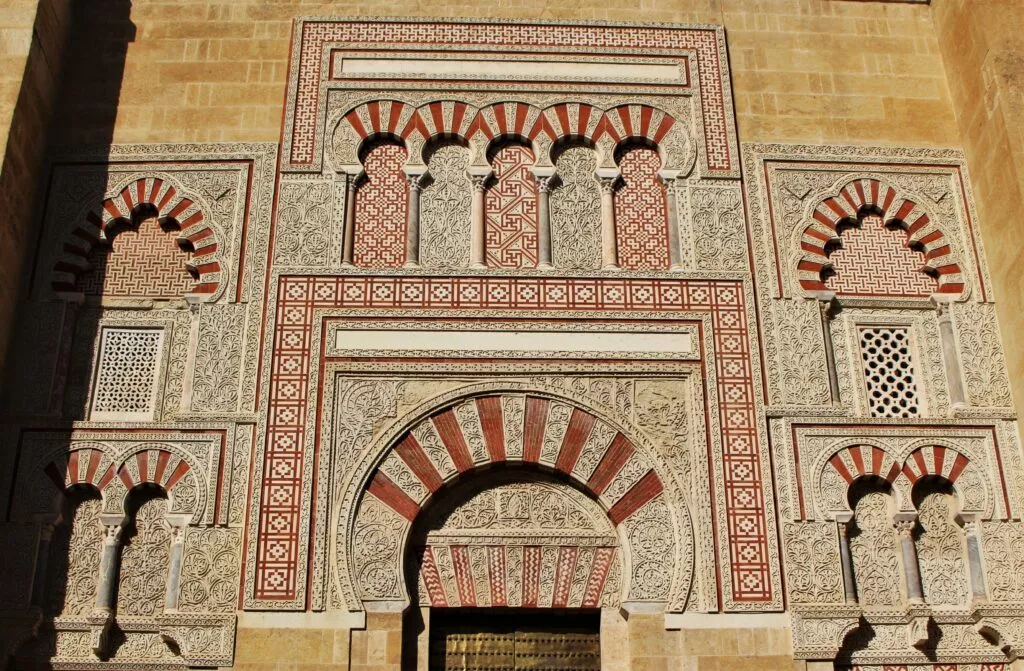
Here is the link to receive our newsletter from the andaluciamia.com blog
Here are the latest articles on Andalucia
-
Interactive map of Andalucia with best places to see
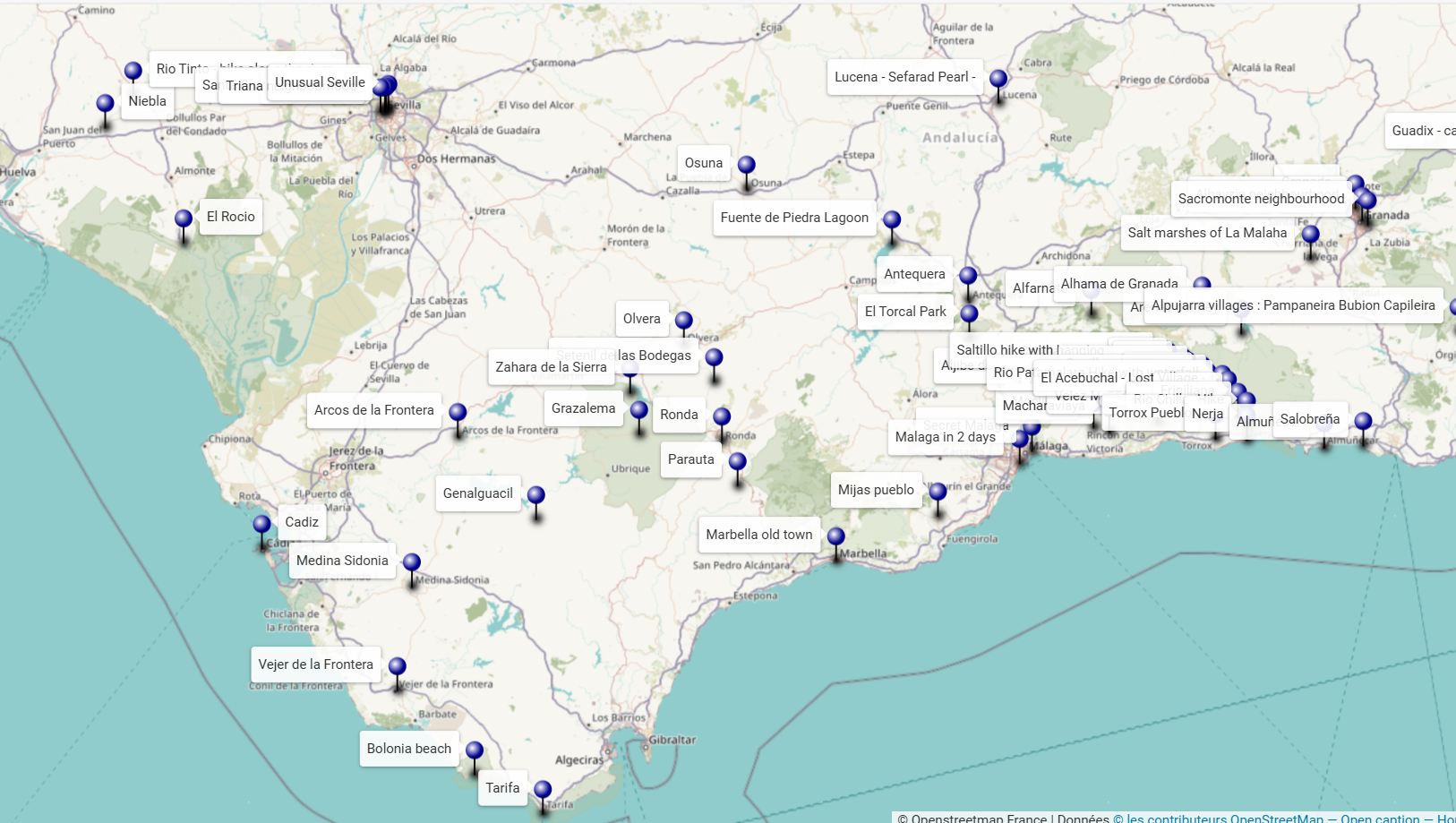
An interactive map of Andalucia to discover the sites to see around your holiday destination or to prepare a tour or road-trip.
-
10 best things to see in Jaen
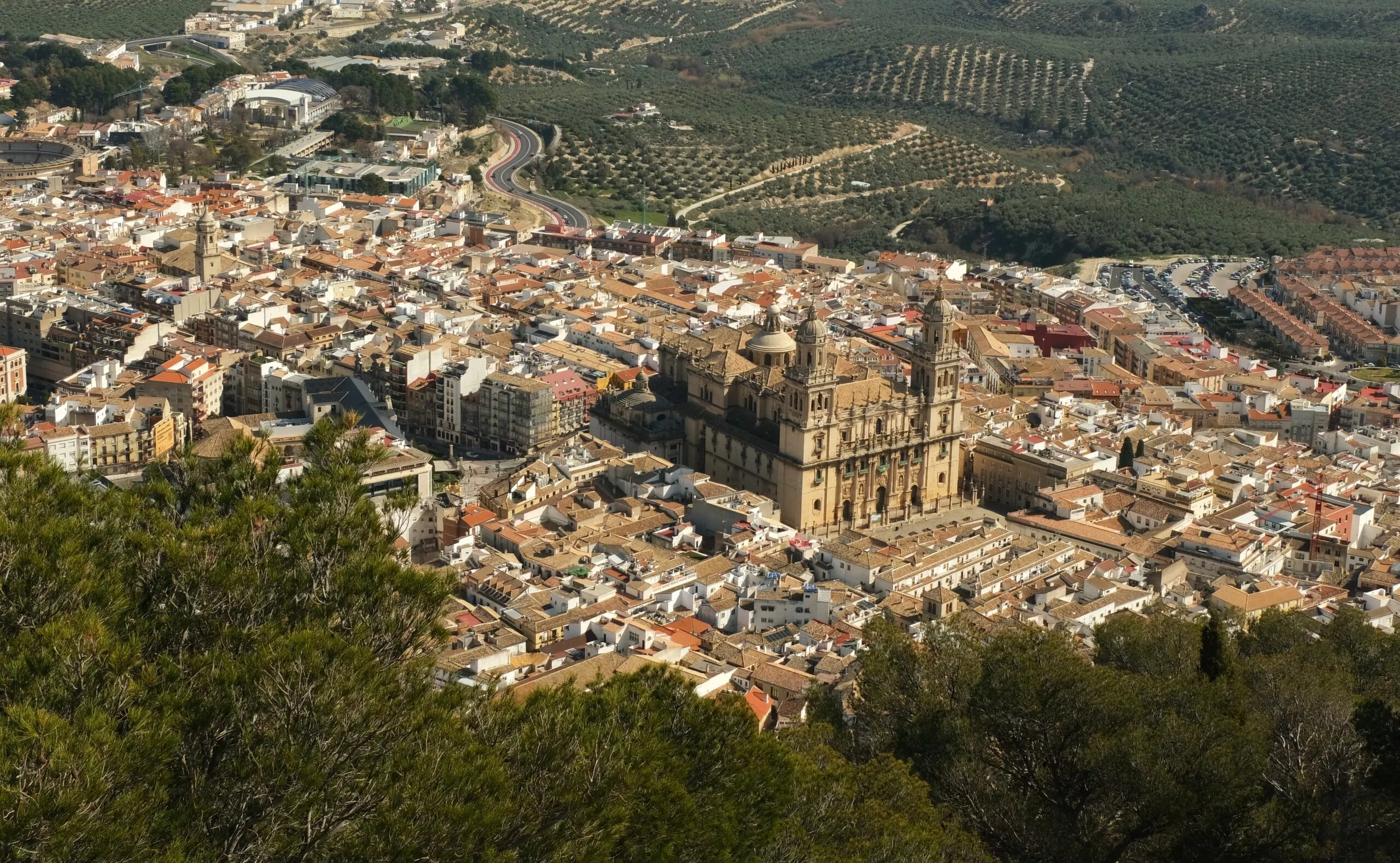
The essential things to see and do in Jaen, Andalucia. Jaen, the world capital of olive oil, has a few treasures to discover.
-
Rum in Andalucia and…sugar cane
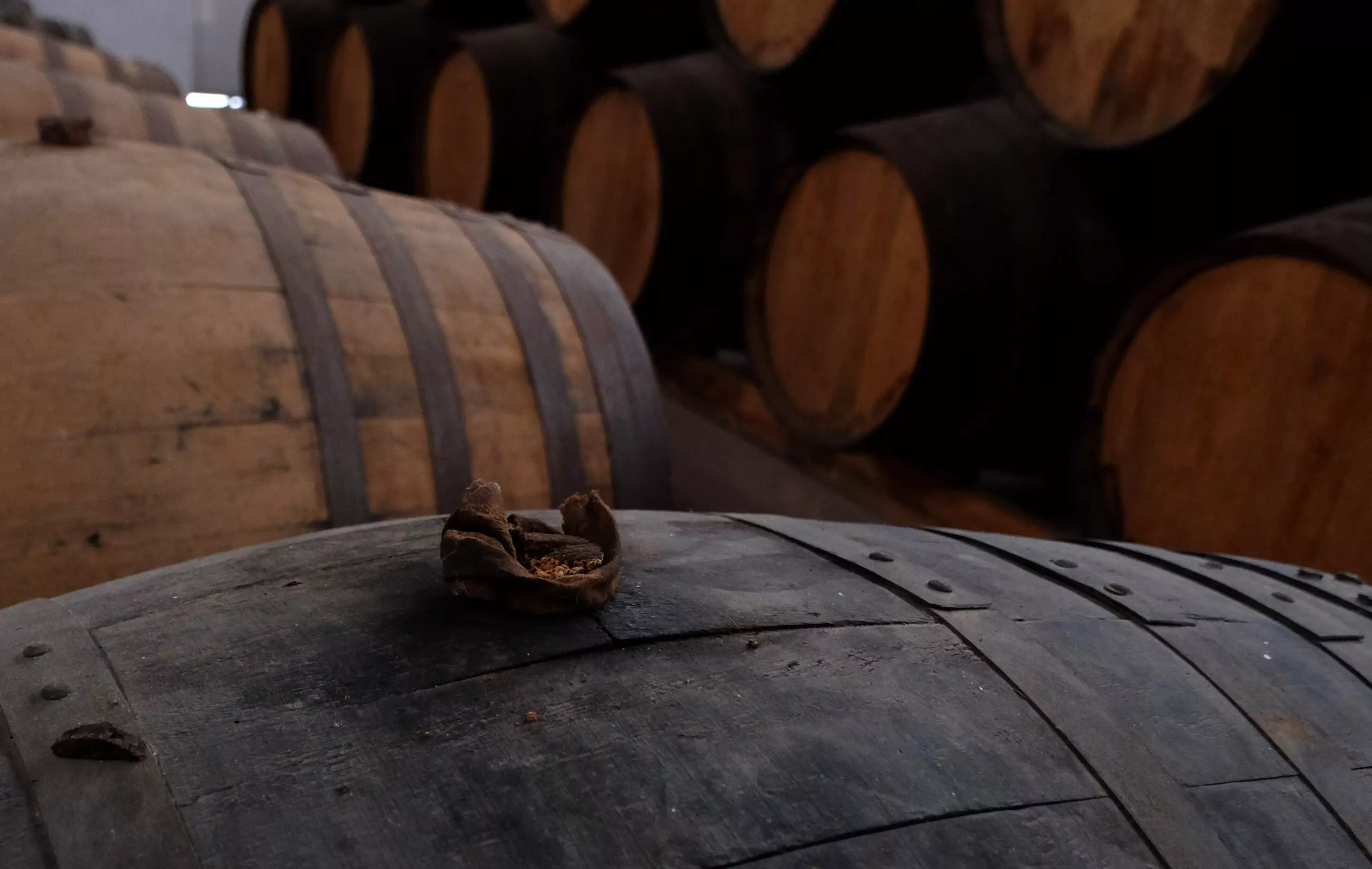
Let’s discover a rum producer and sugar cane grower in Andalucia. He’s probably the only one to produce 100% local rum!
-
Teba’s Douglas Days to celebrate the Andalusian Braveheart

An incredible and unusual festival in Andalucia: the Scottish Days in Teba, near Malaga. It takes place in August.
